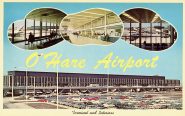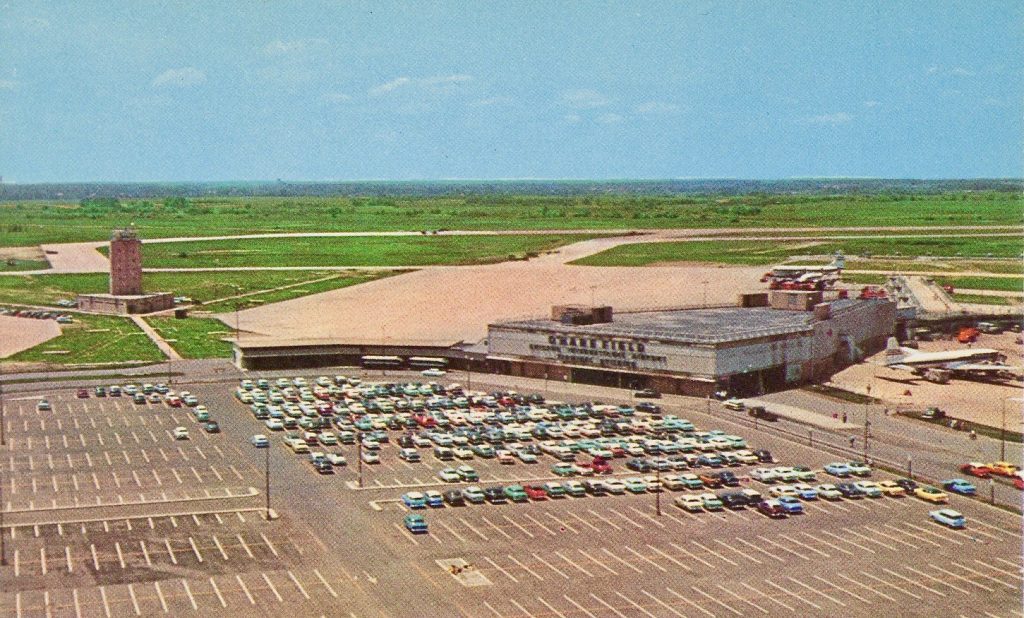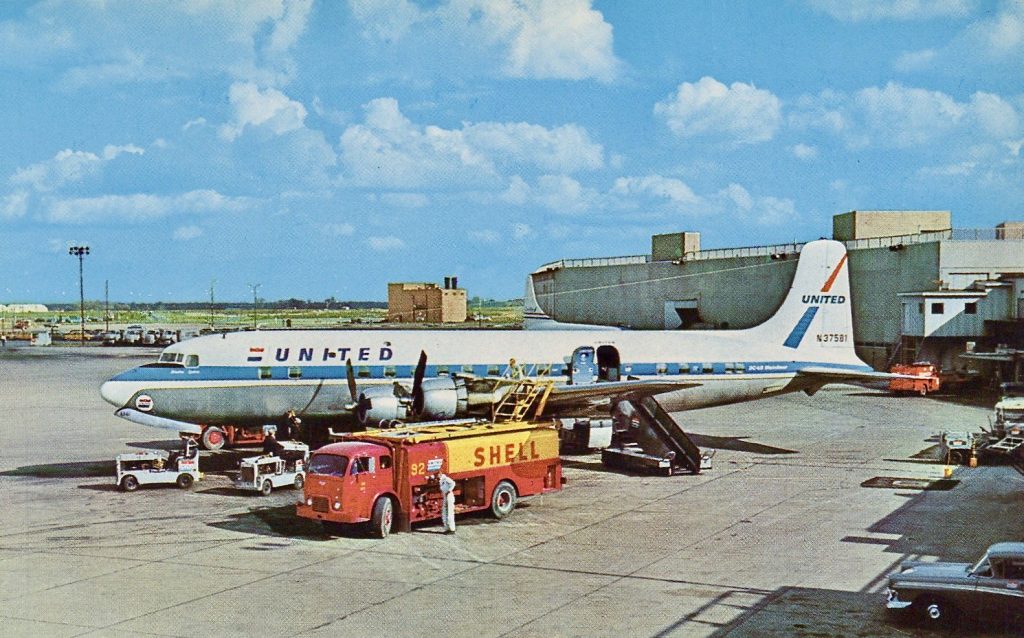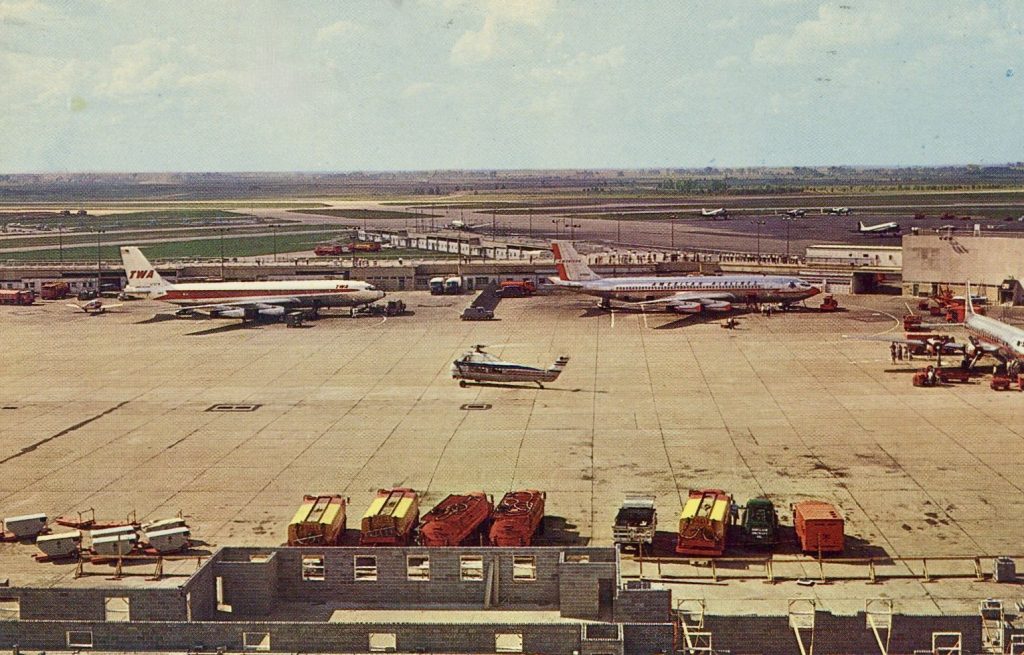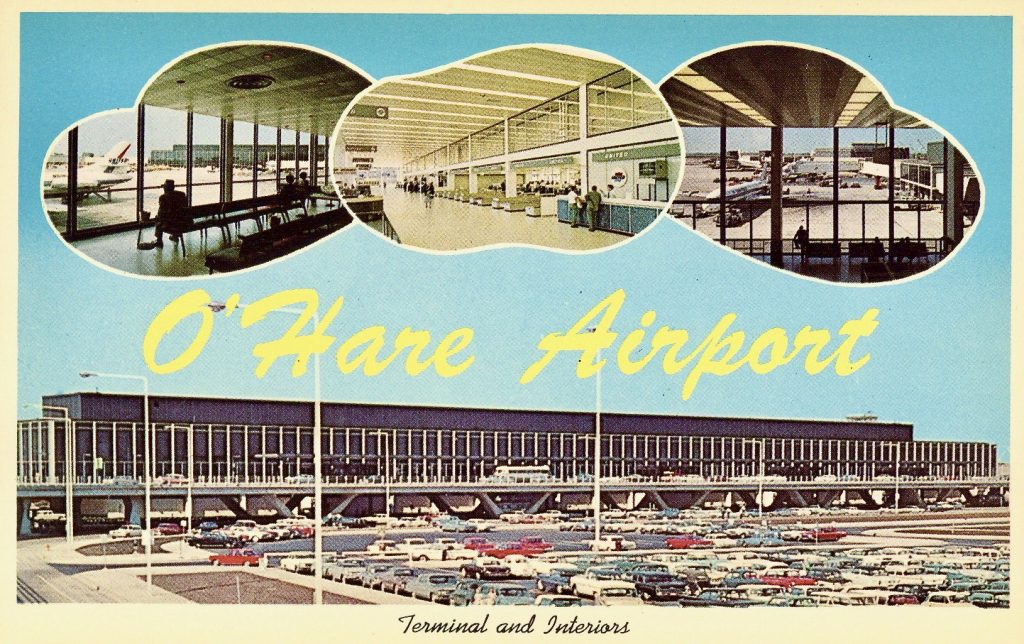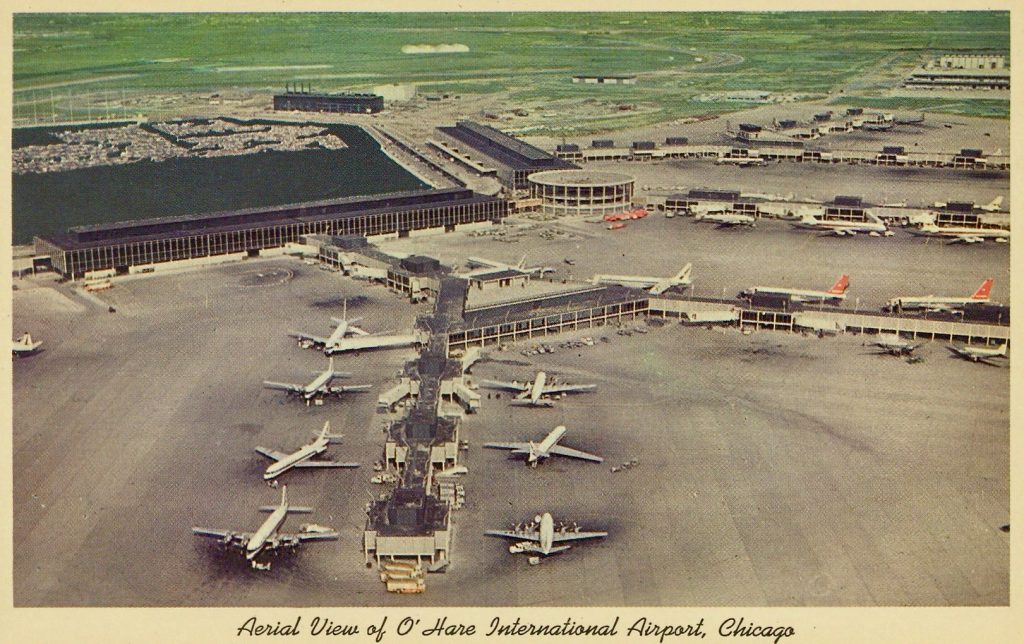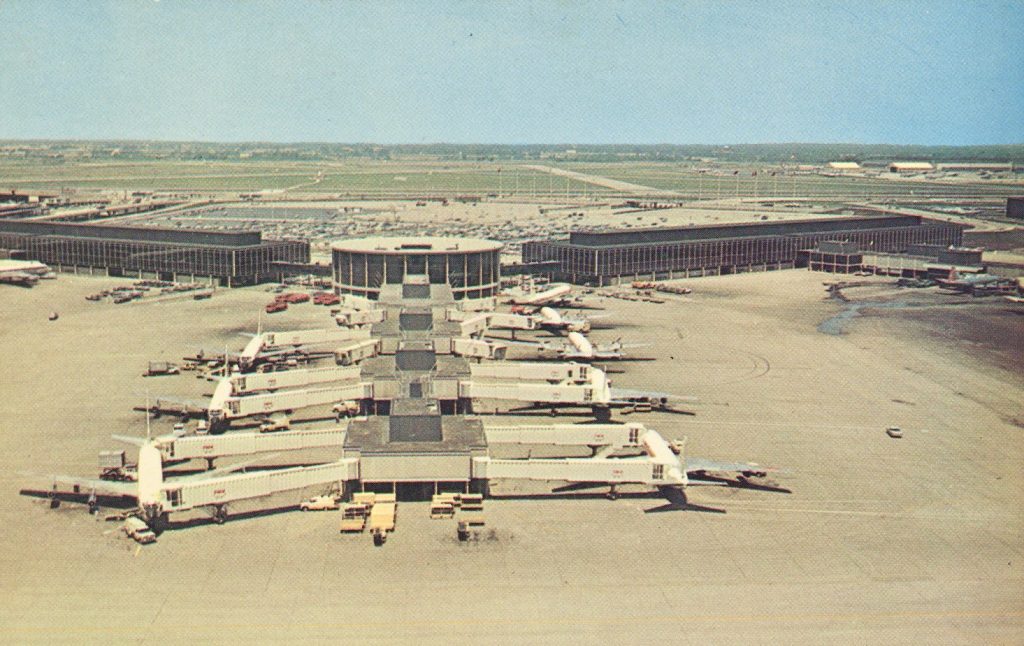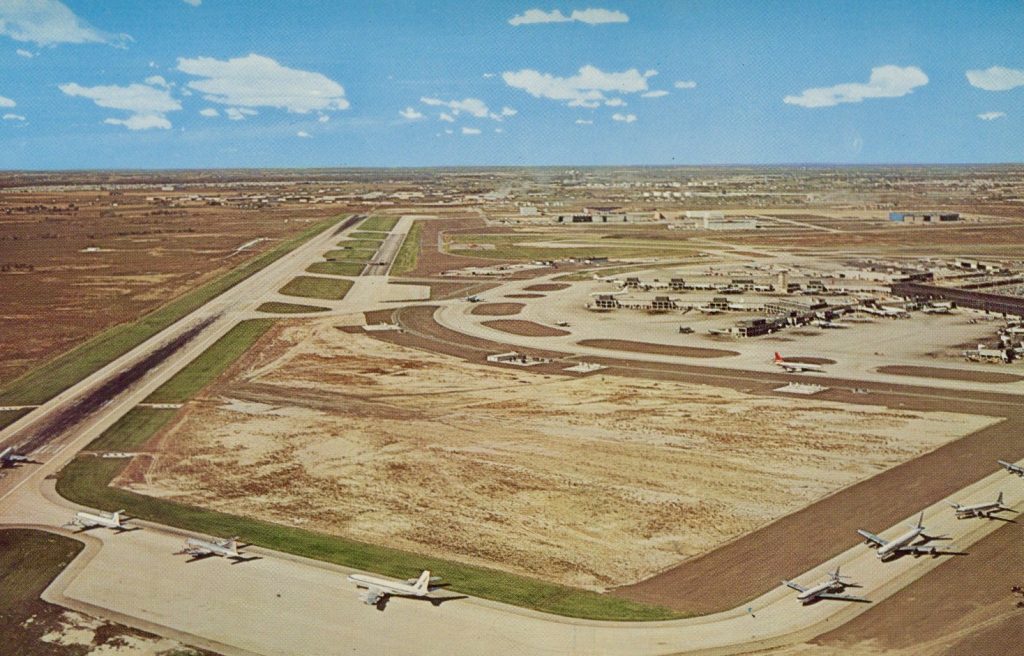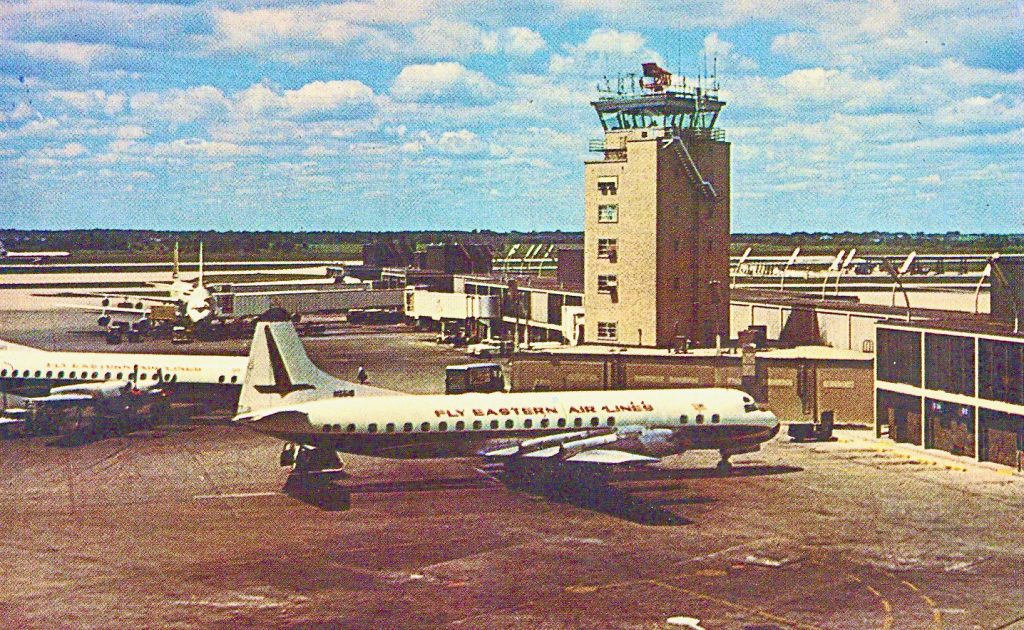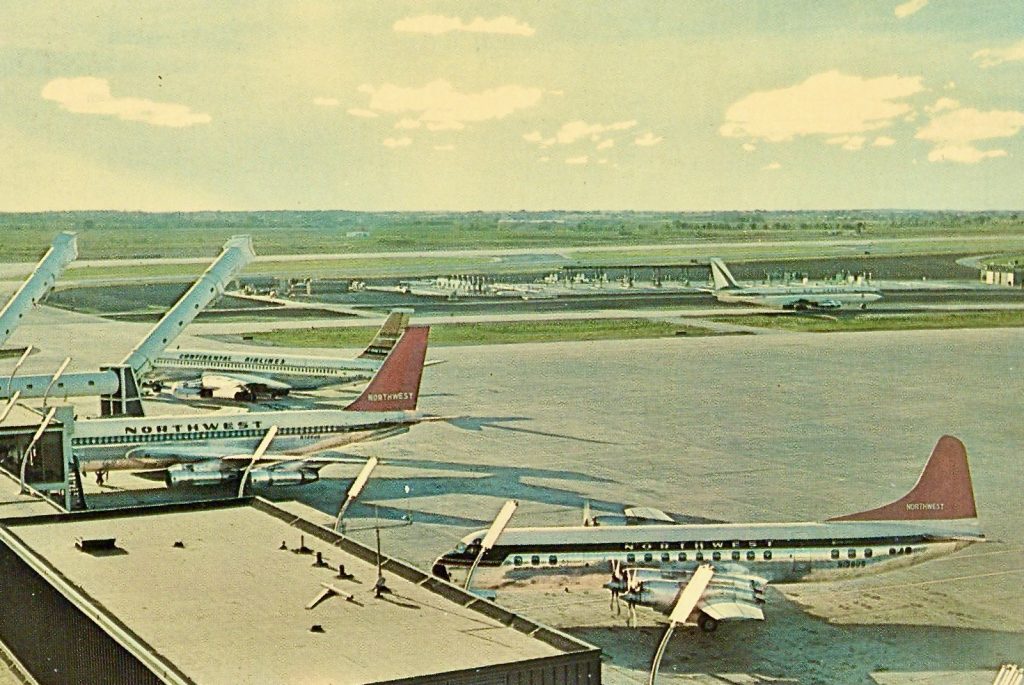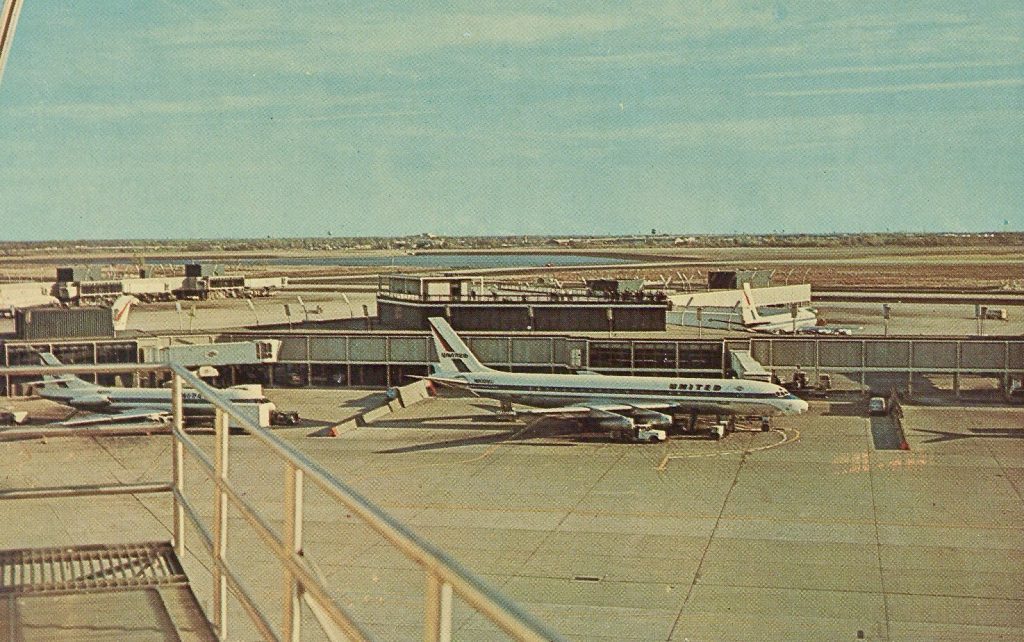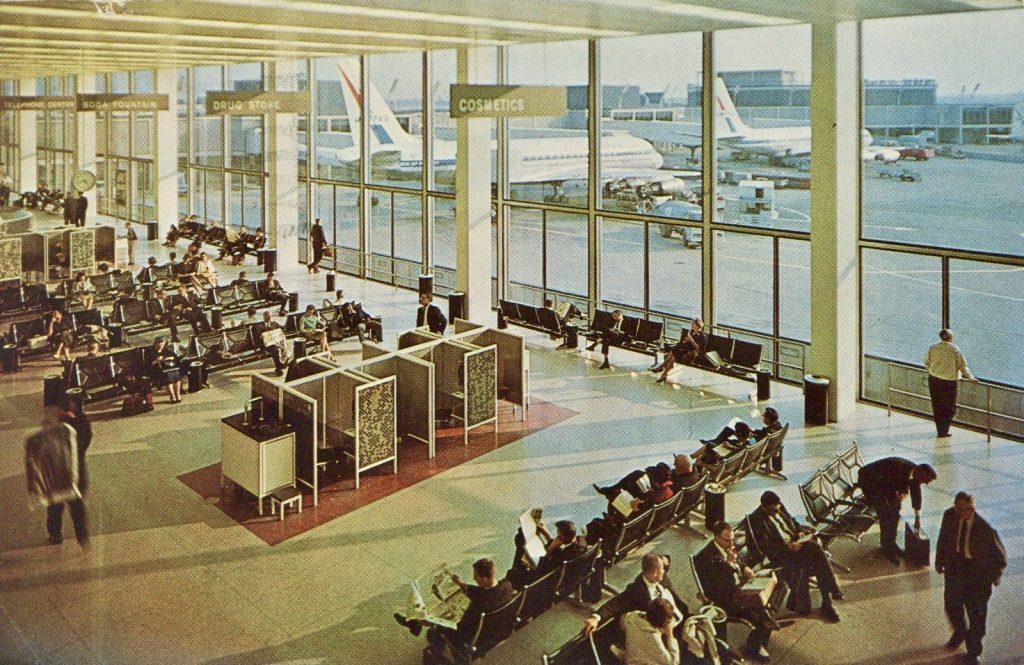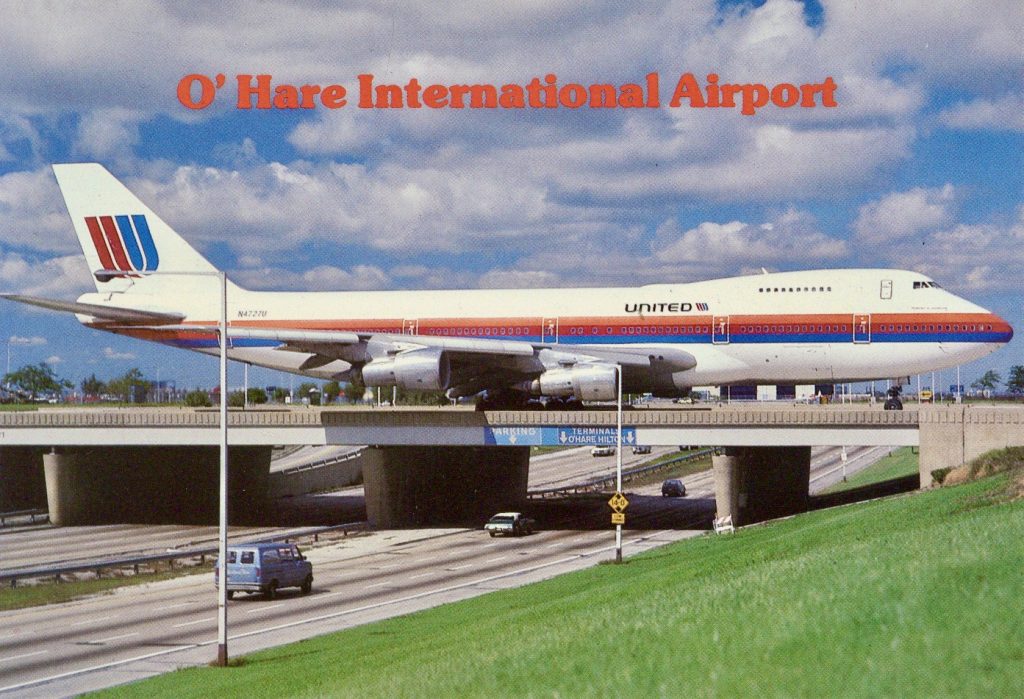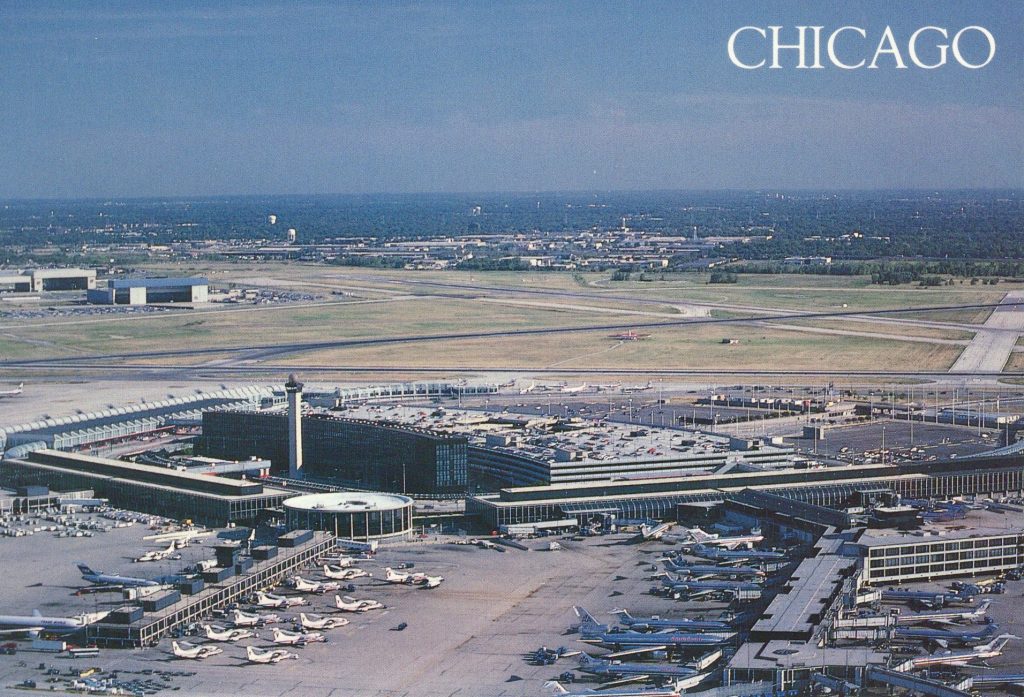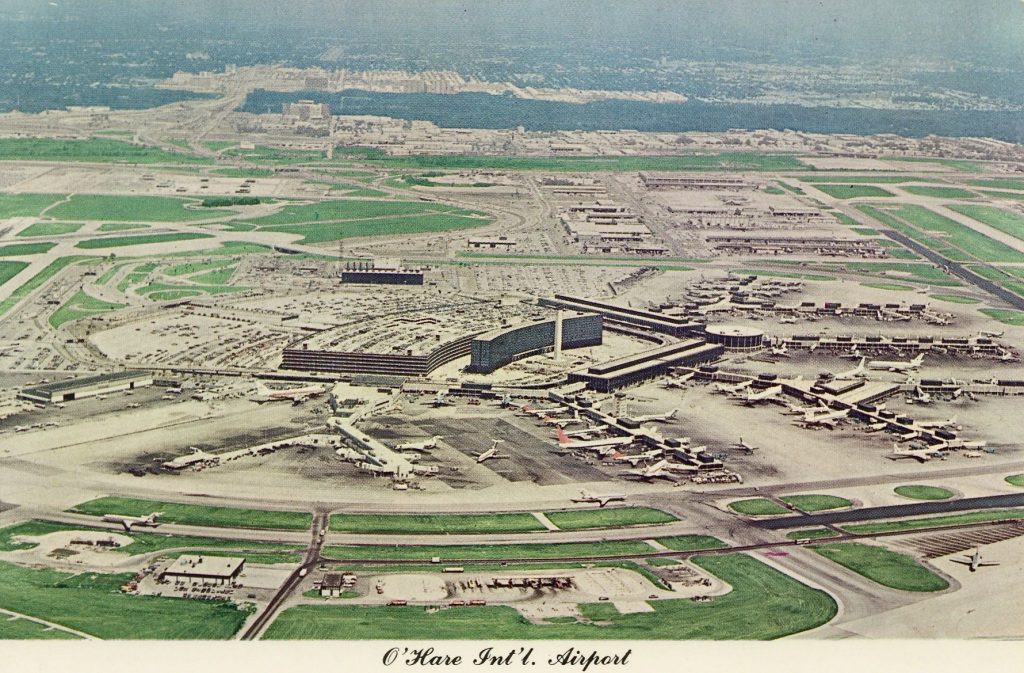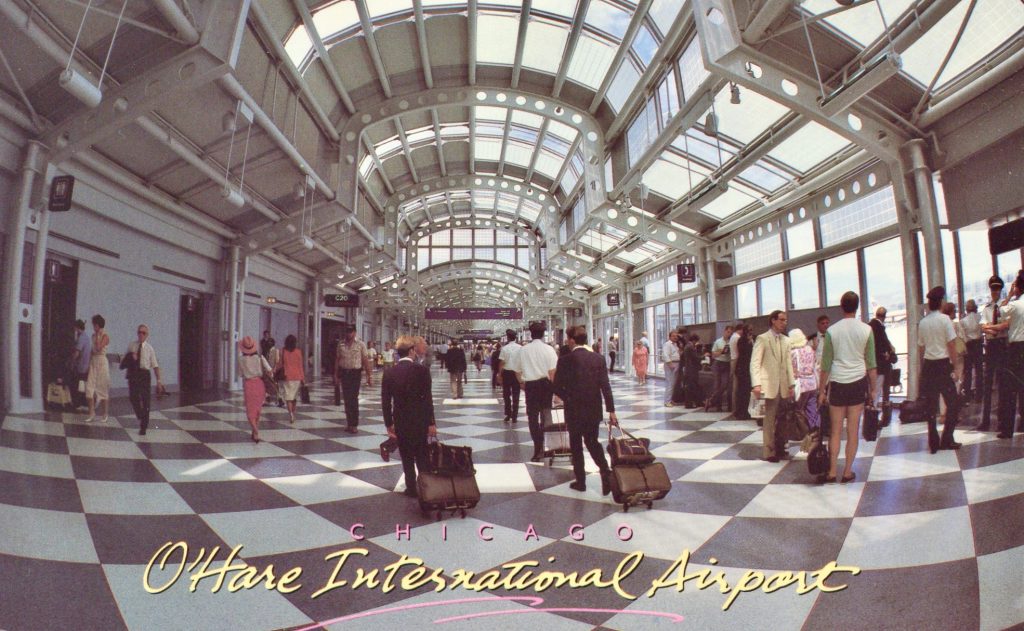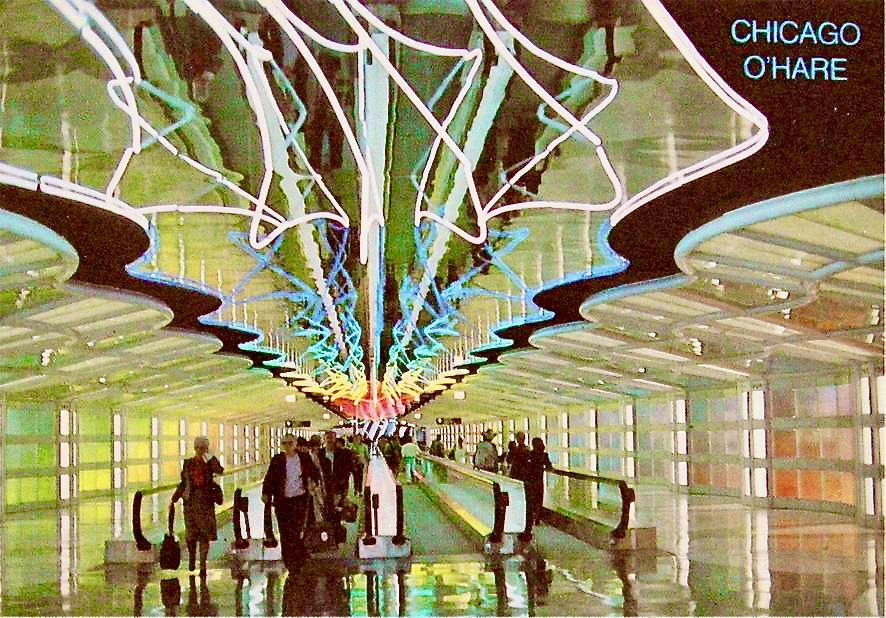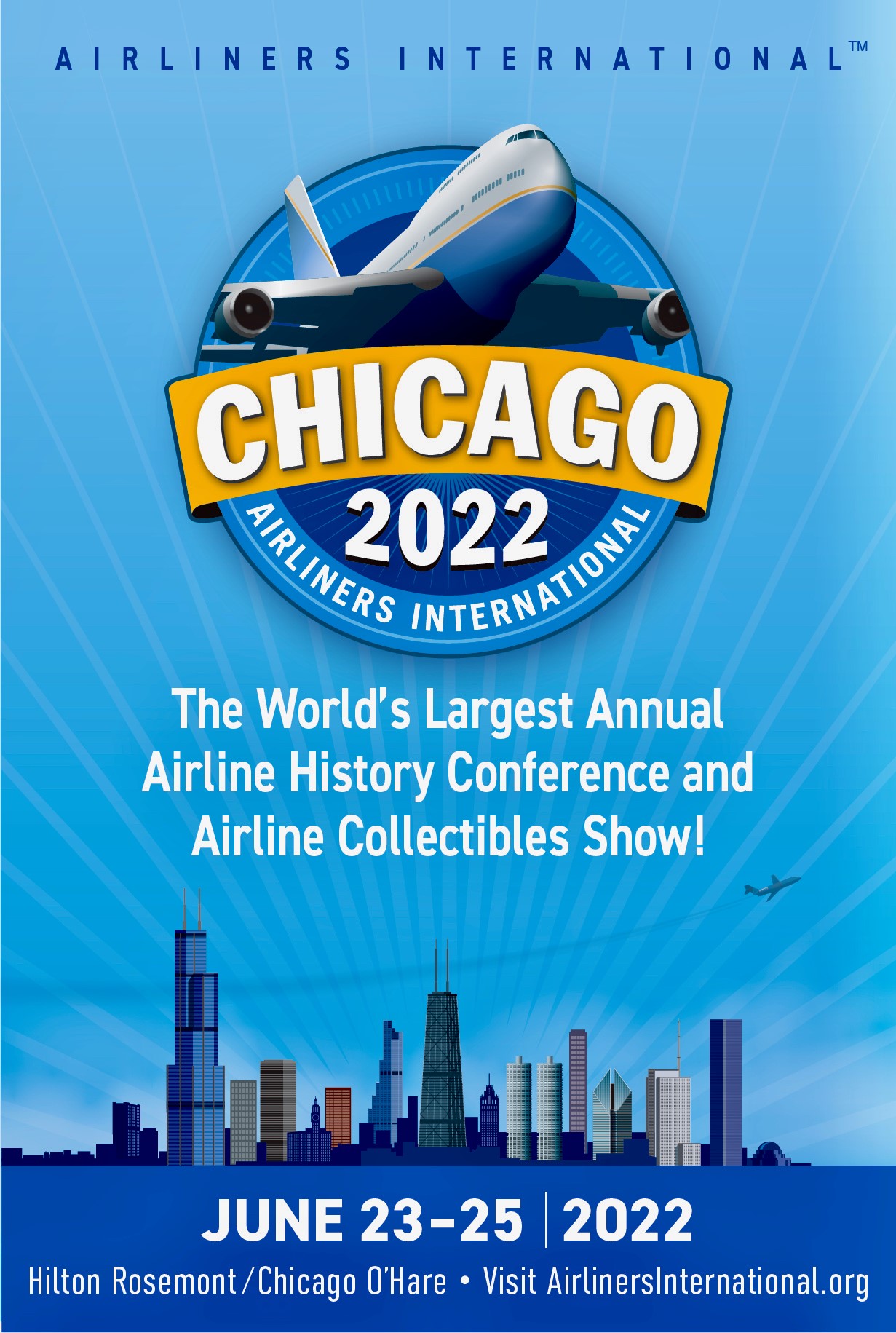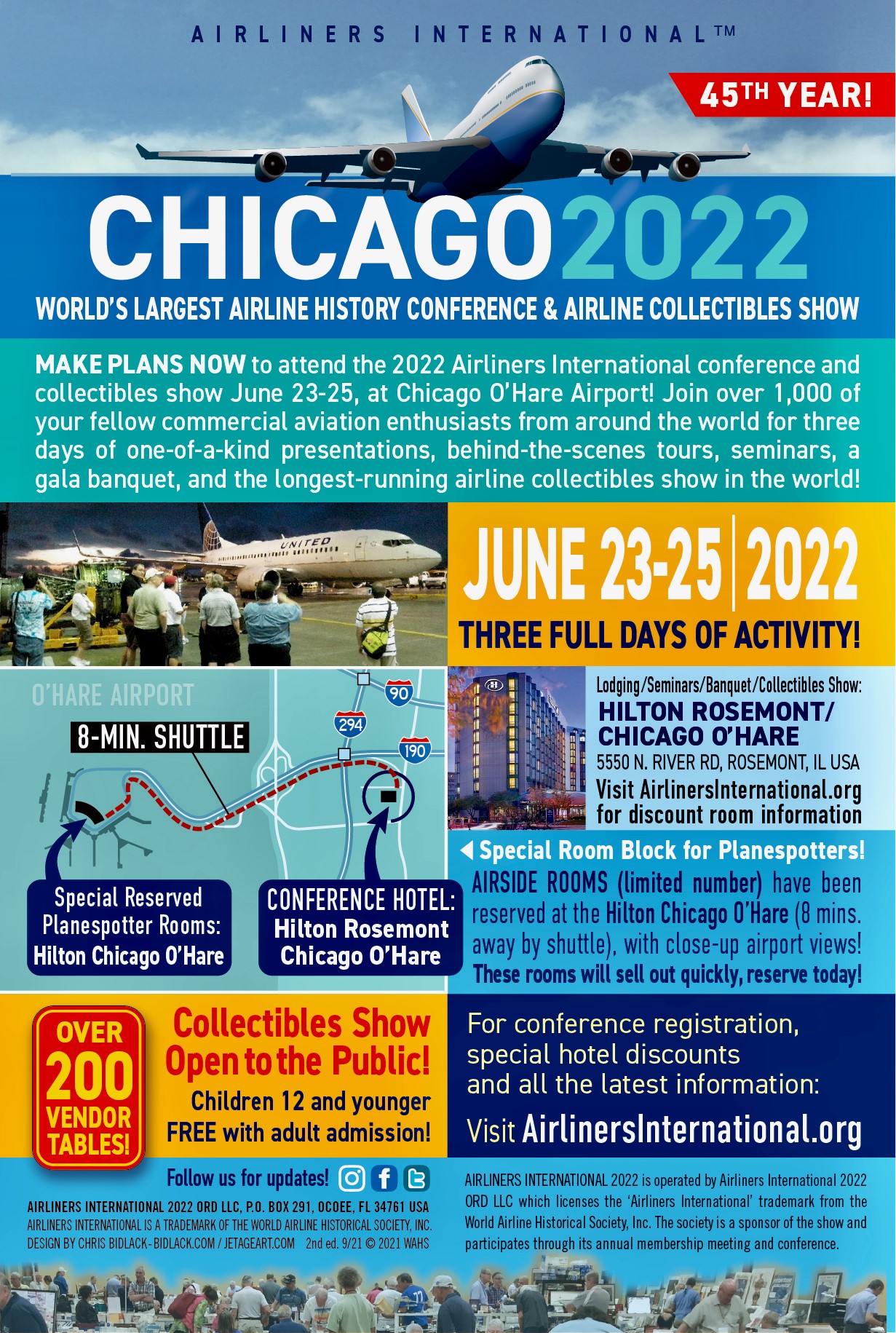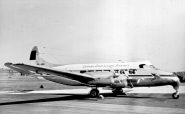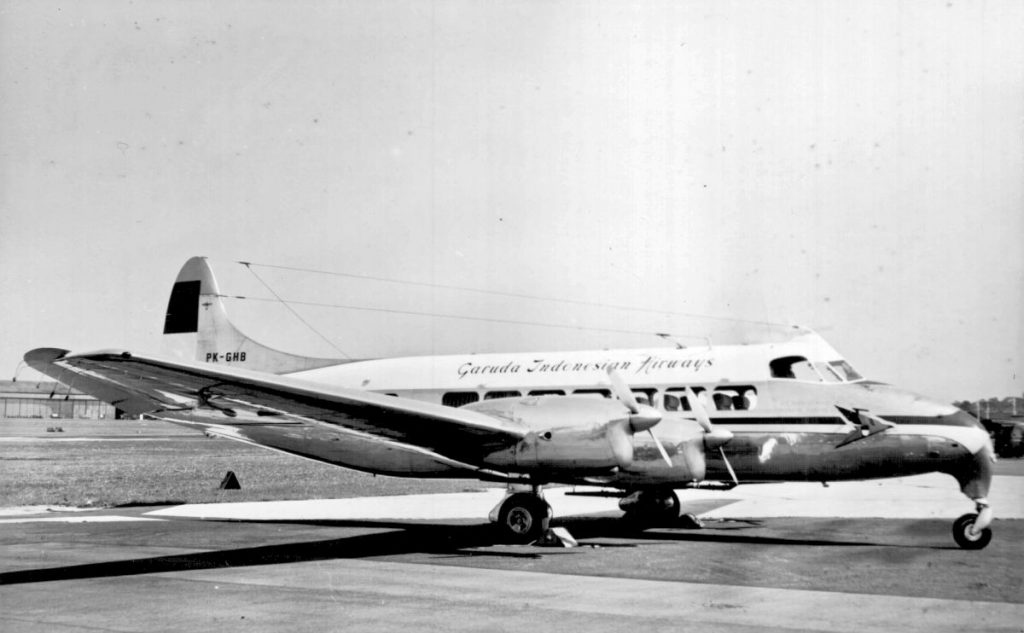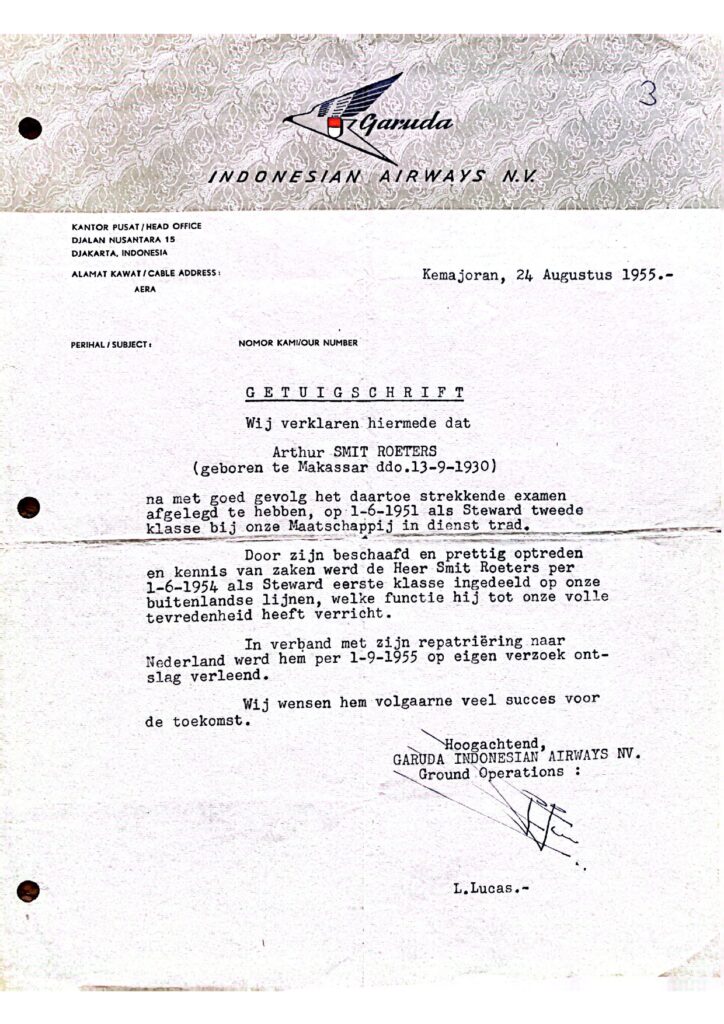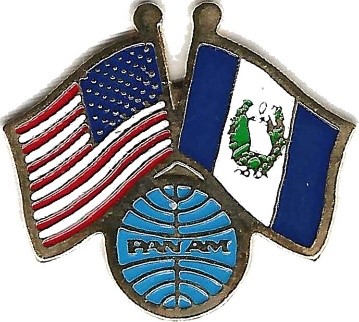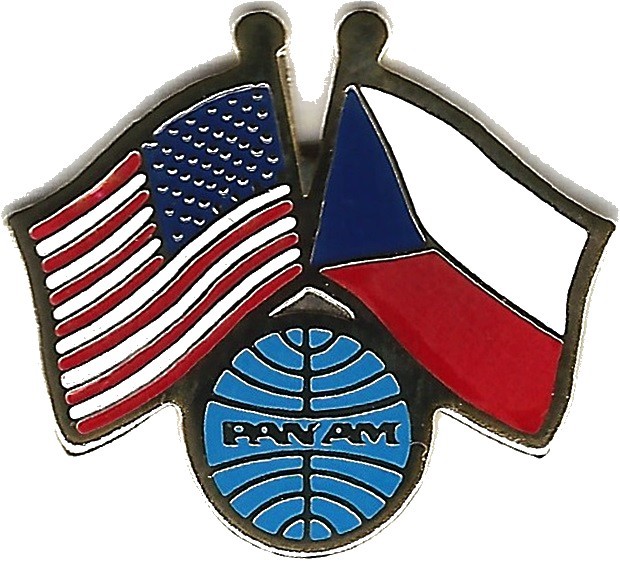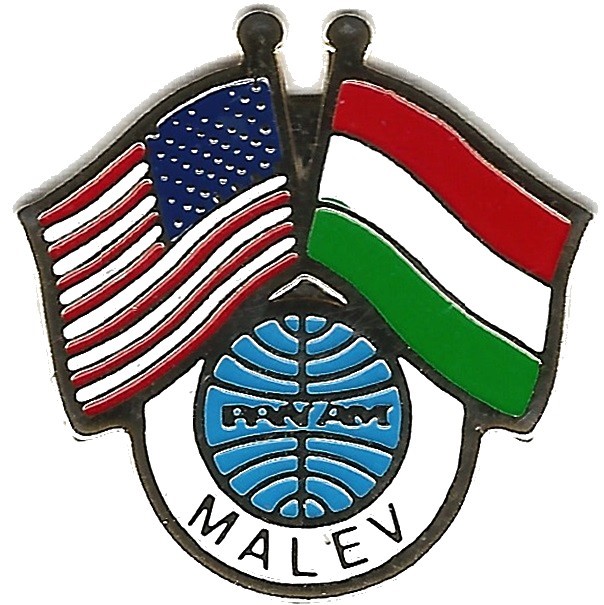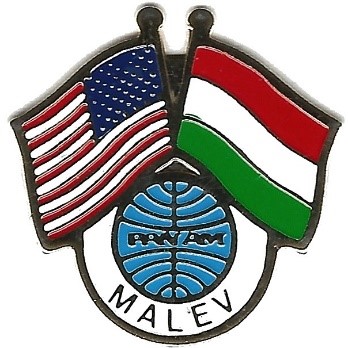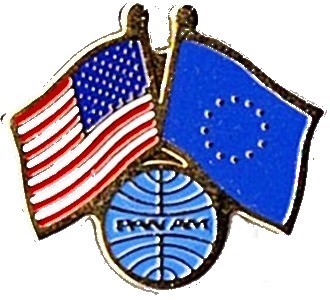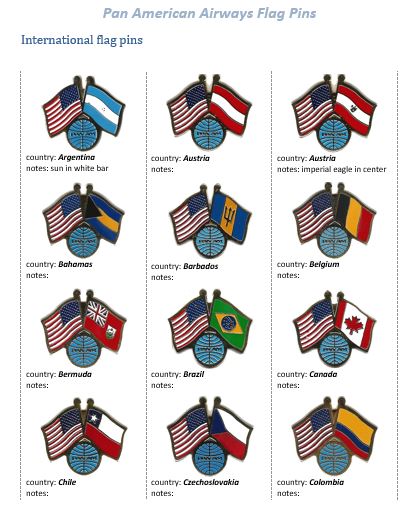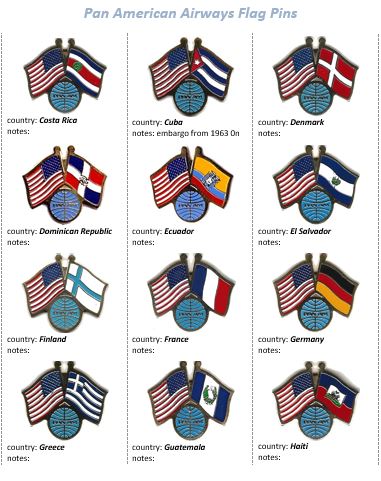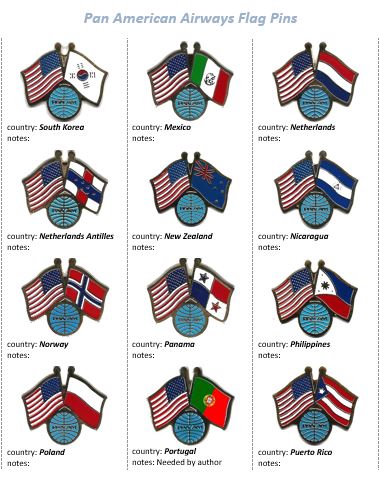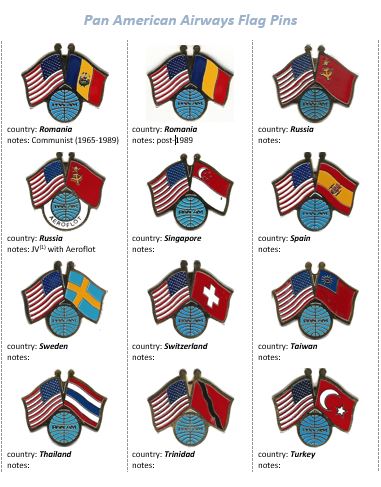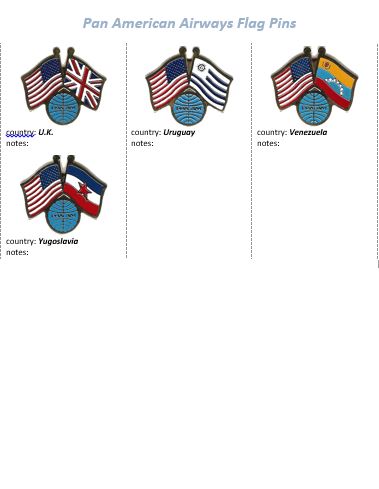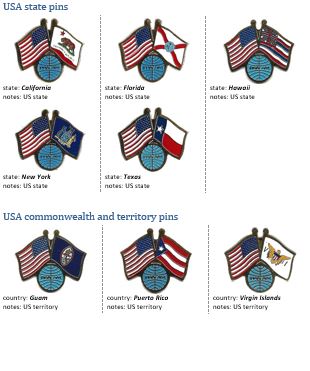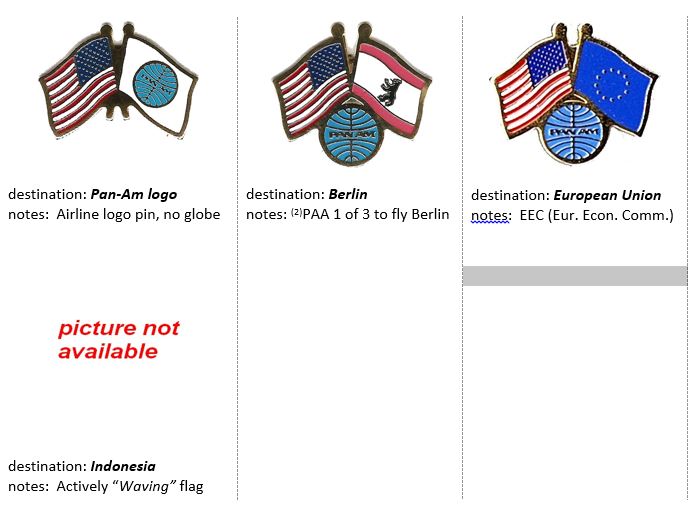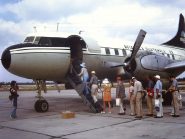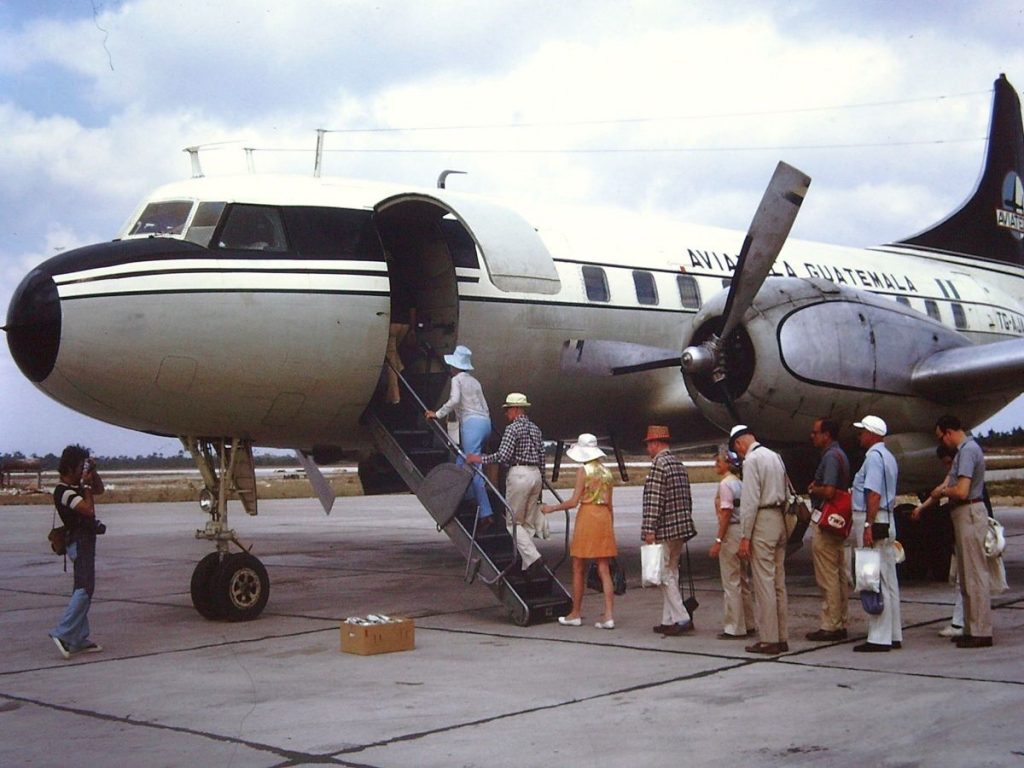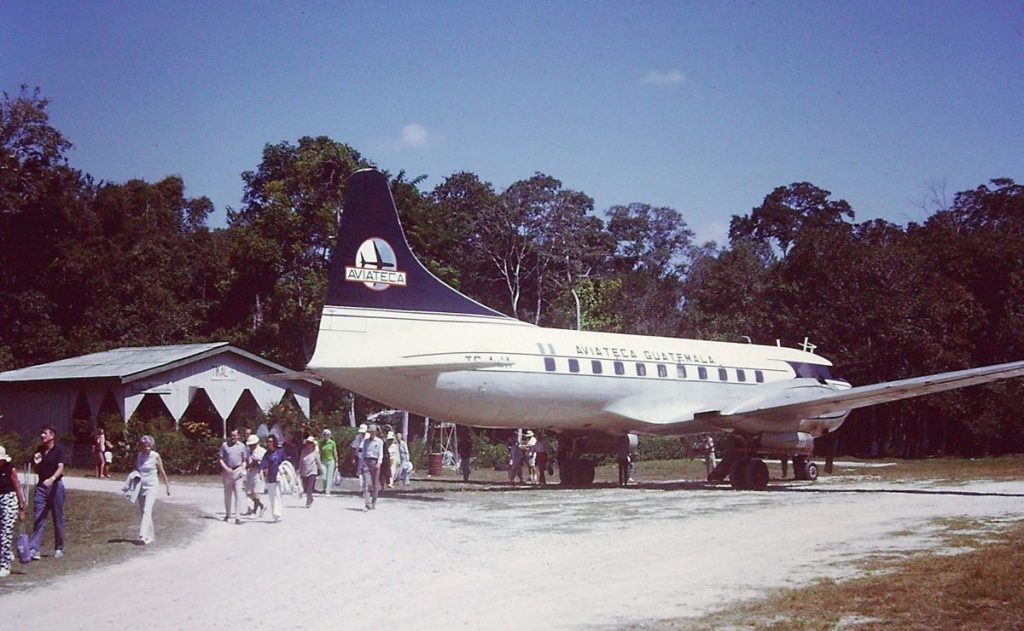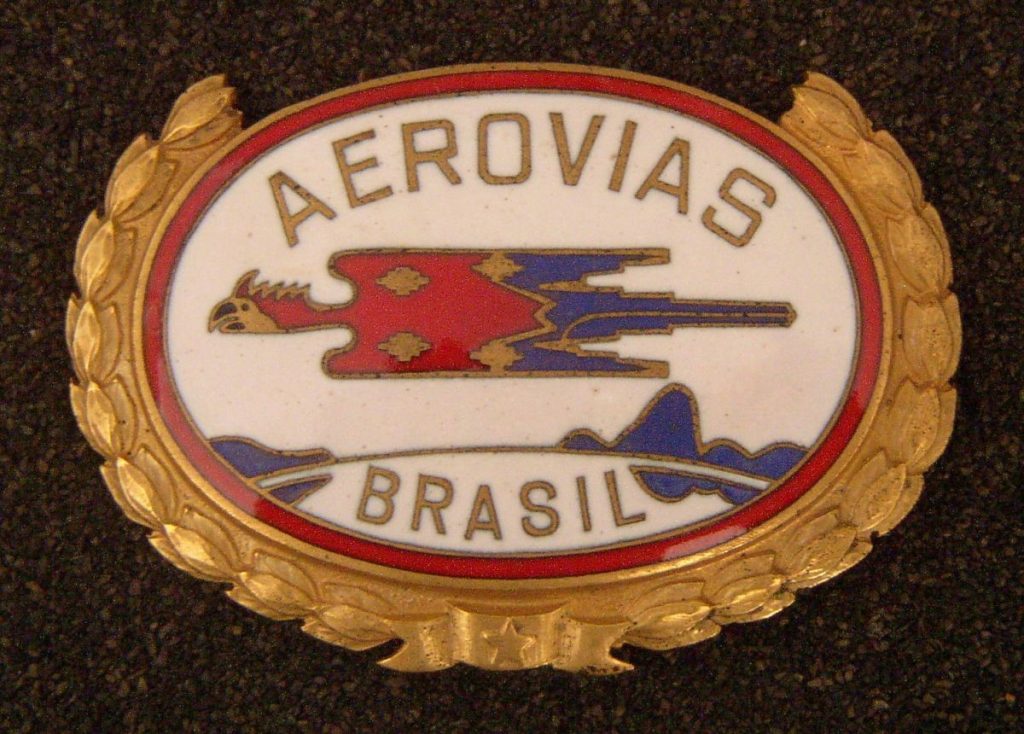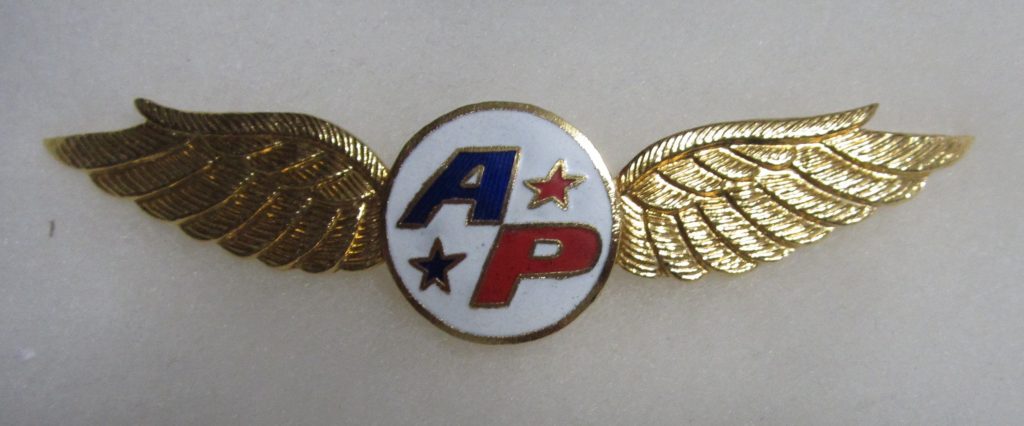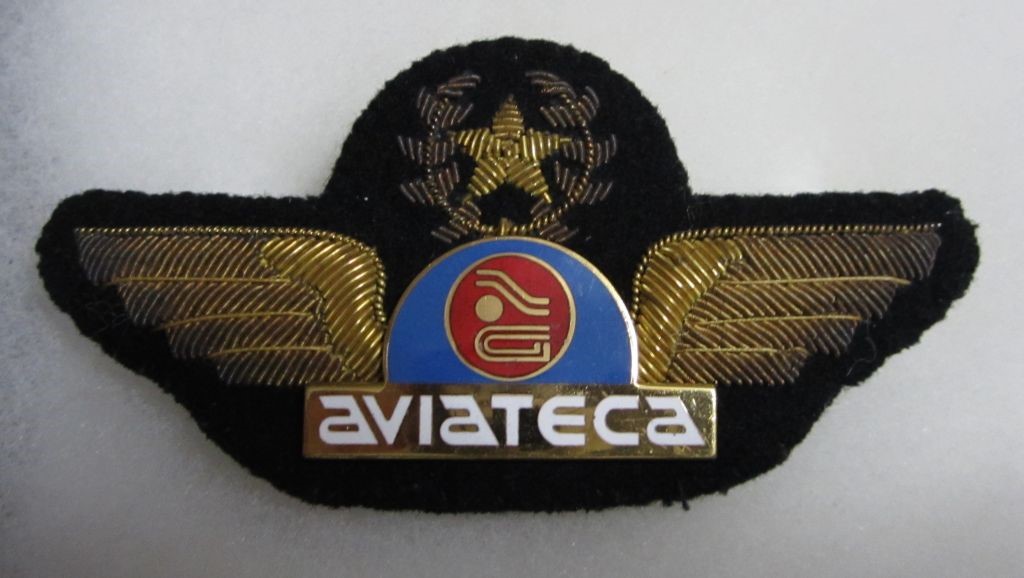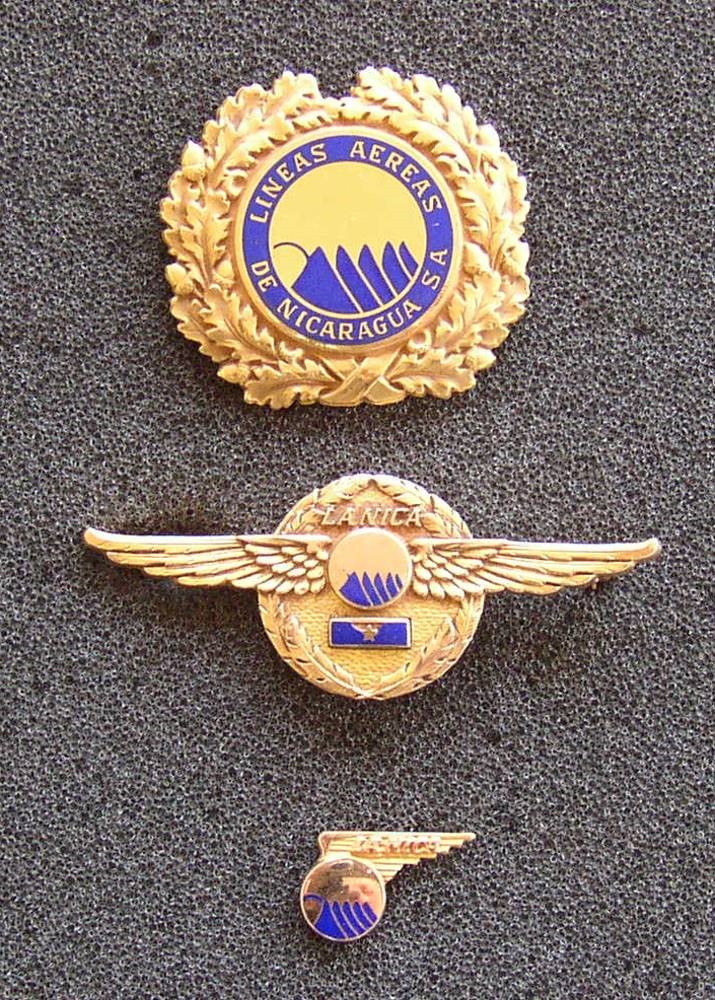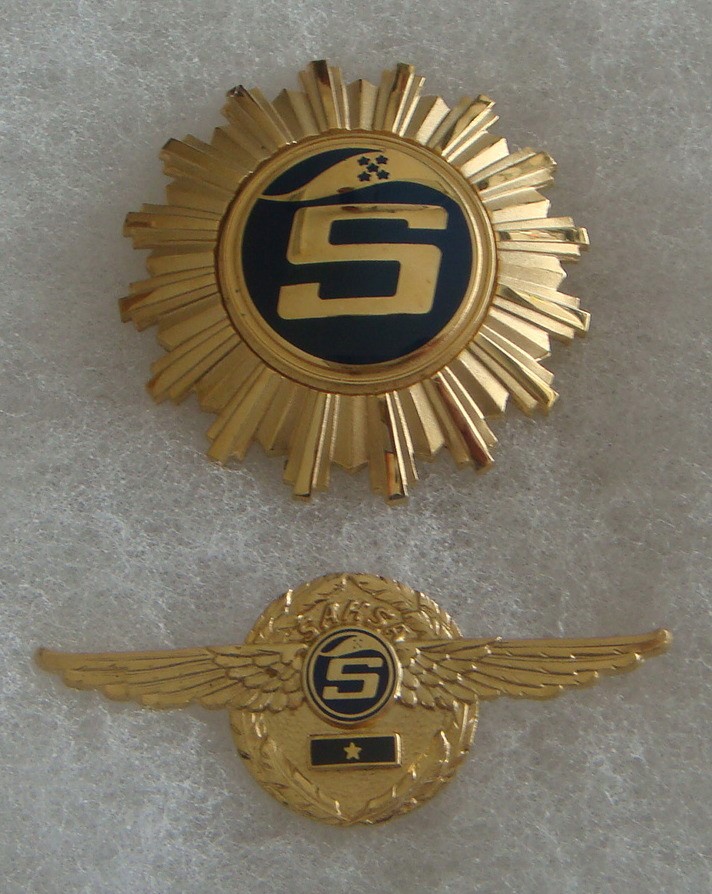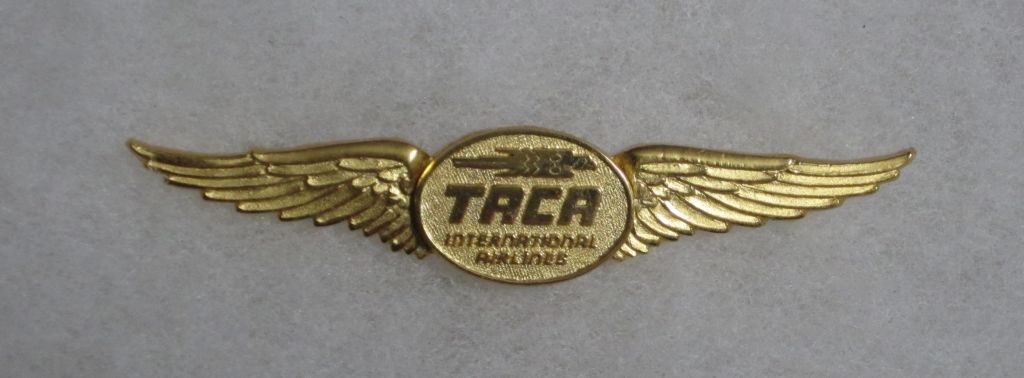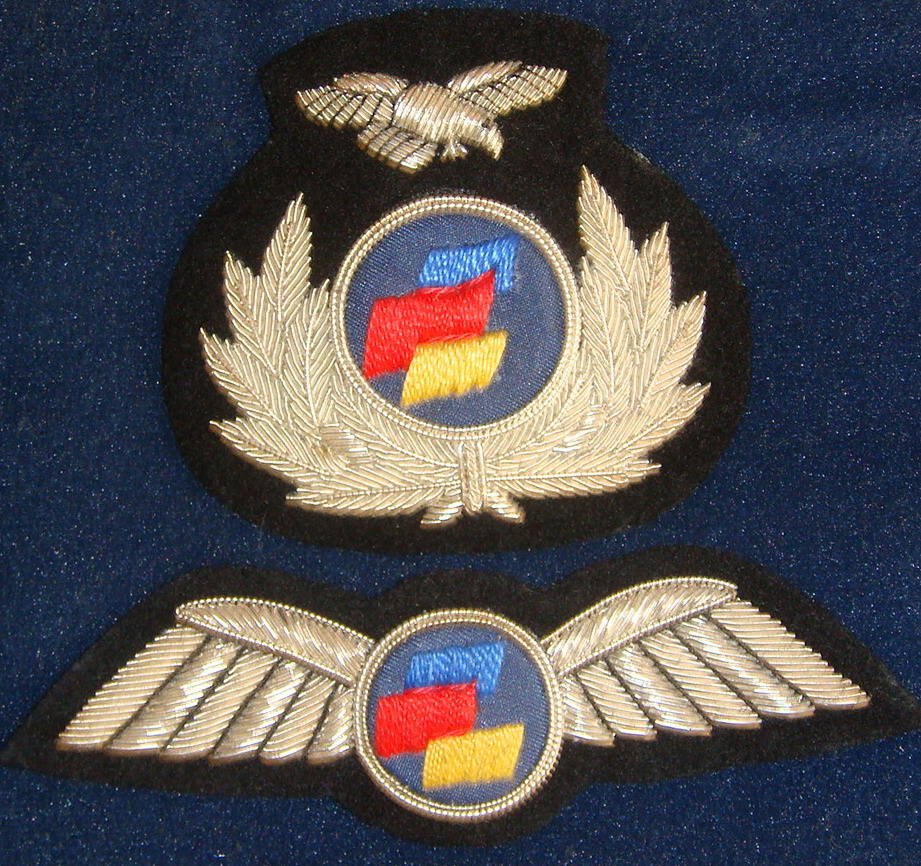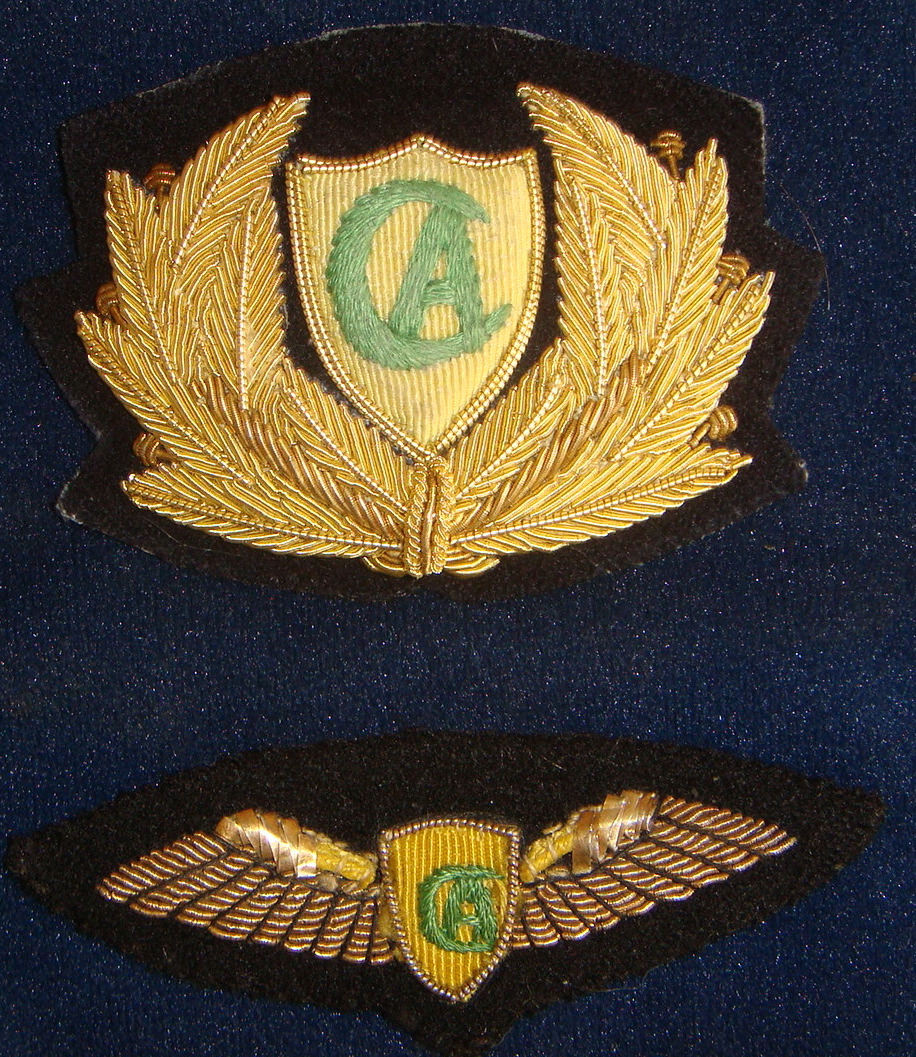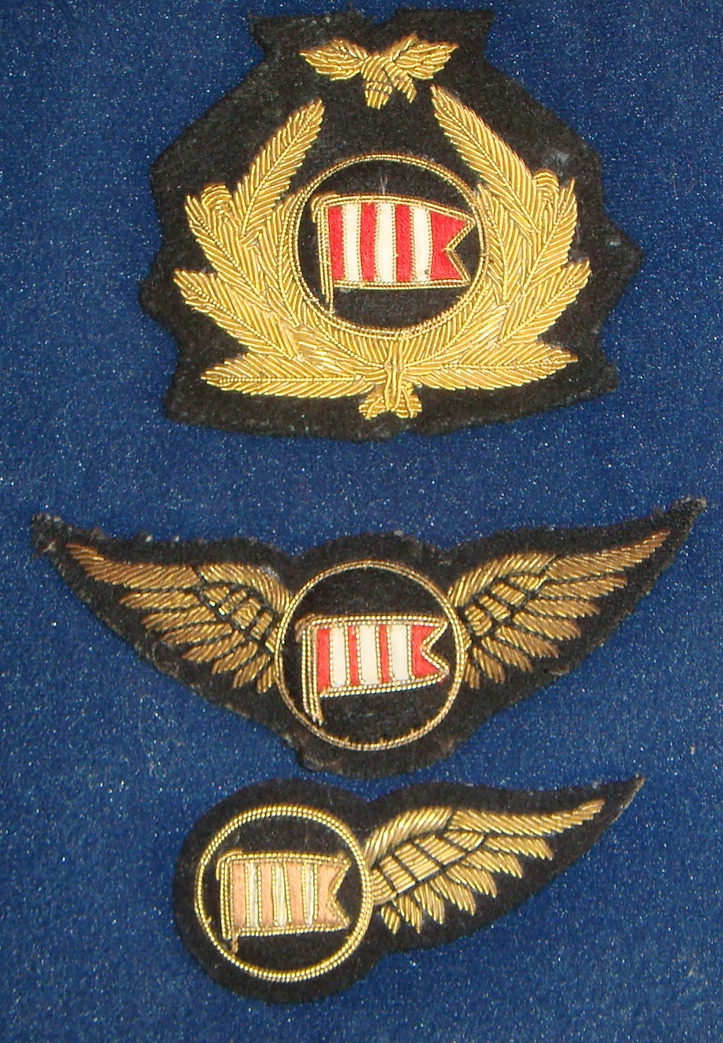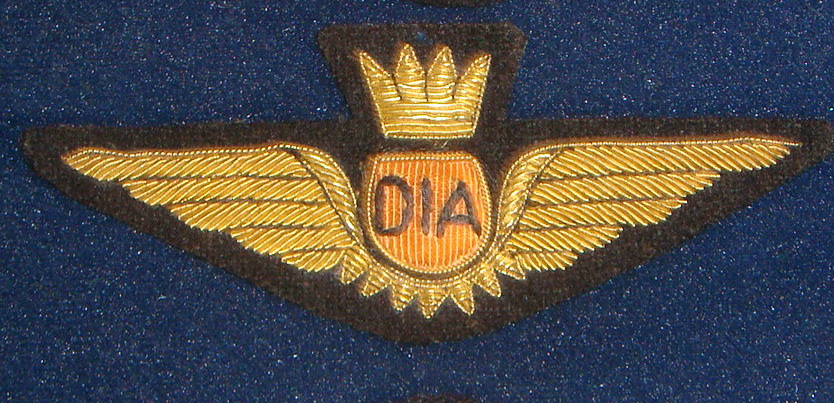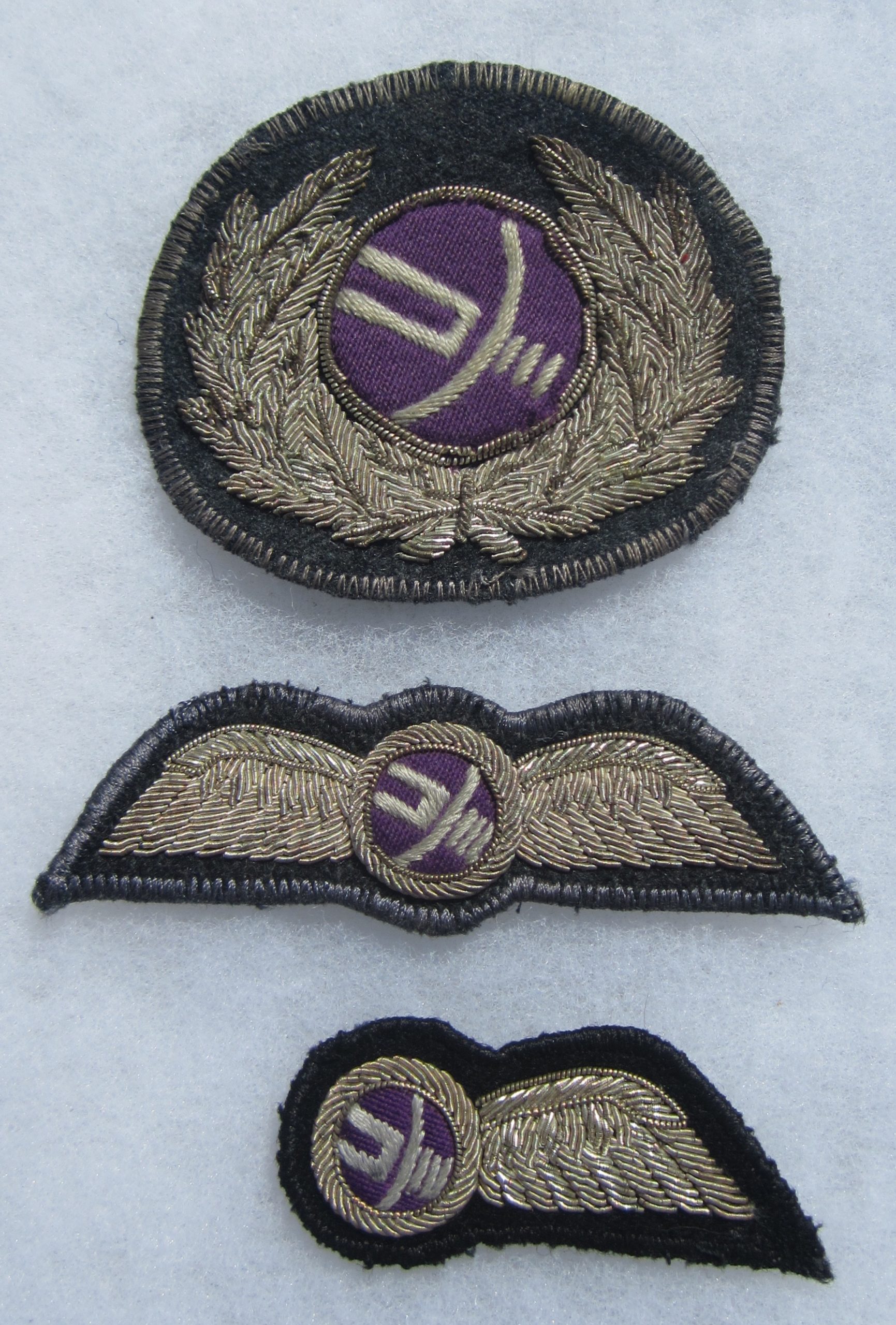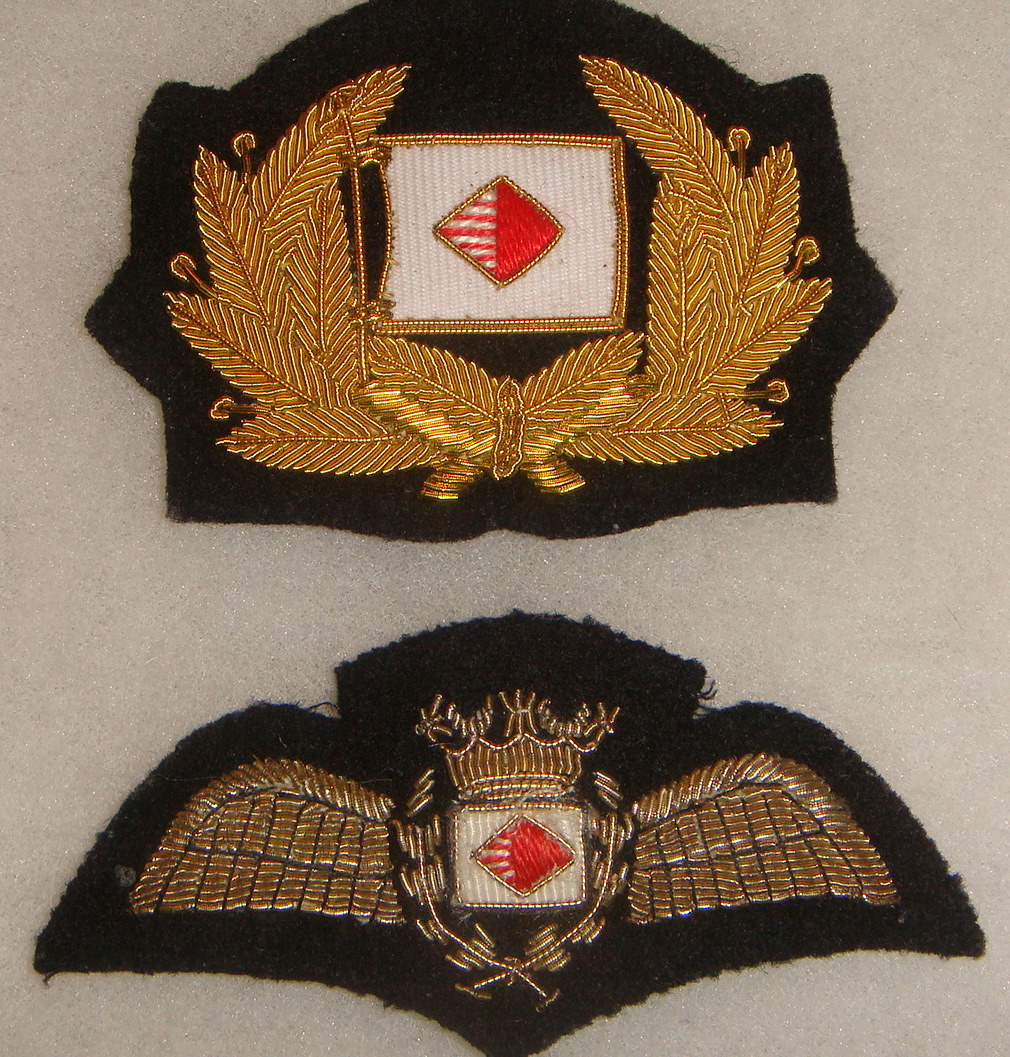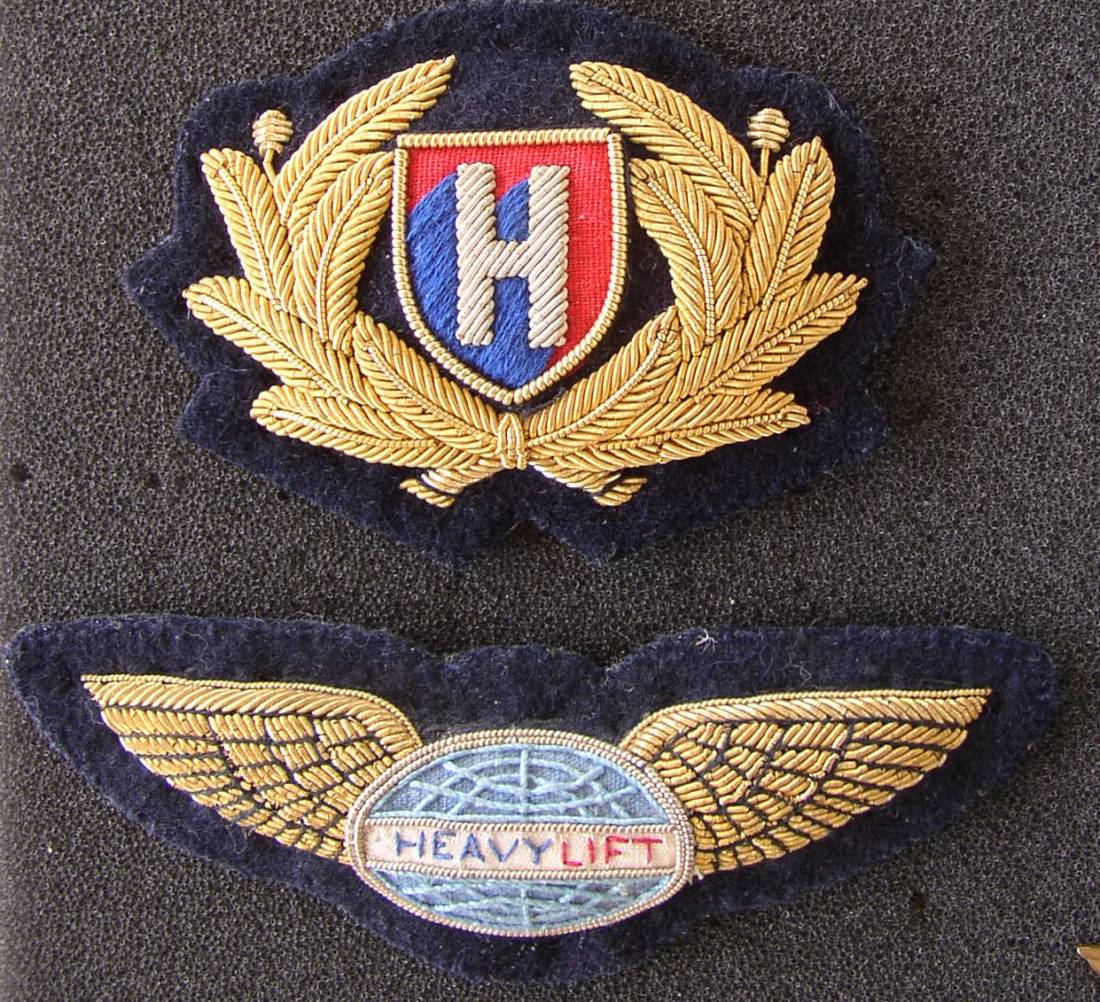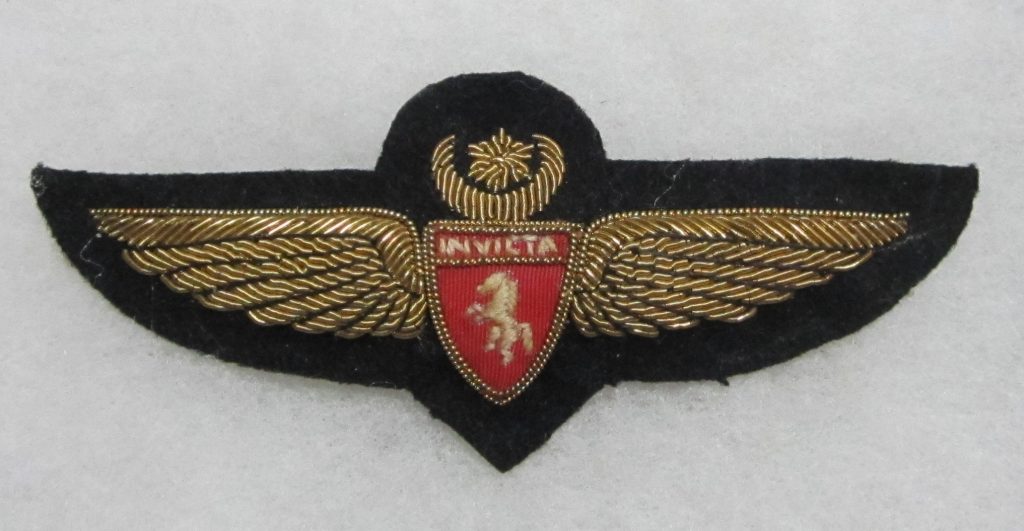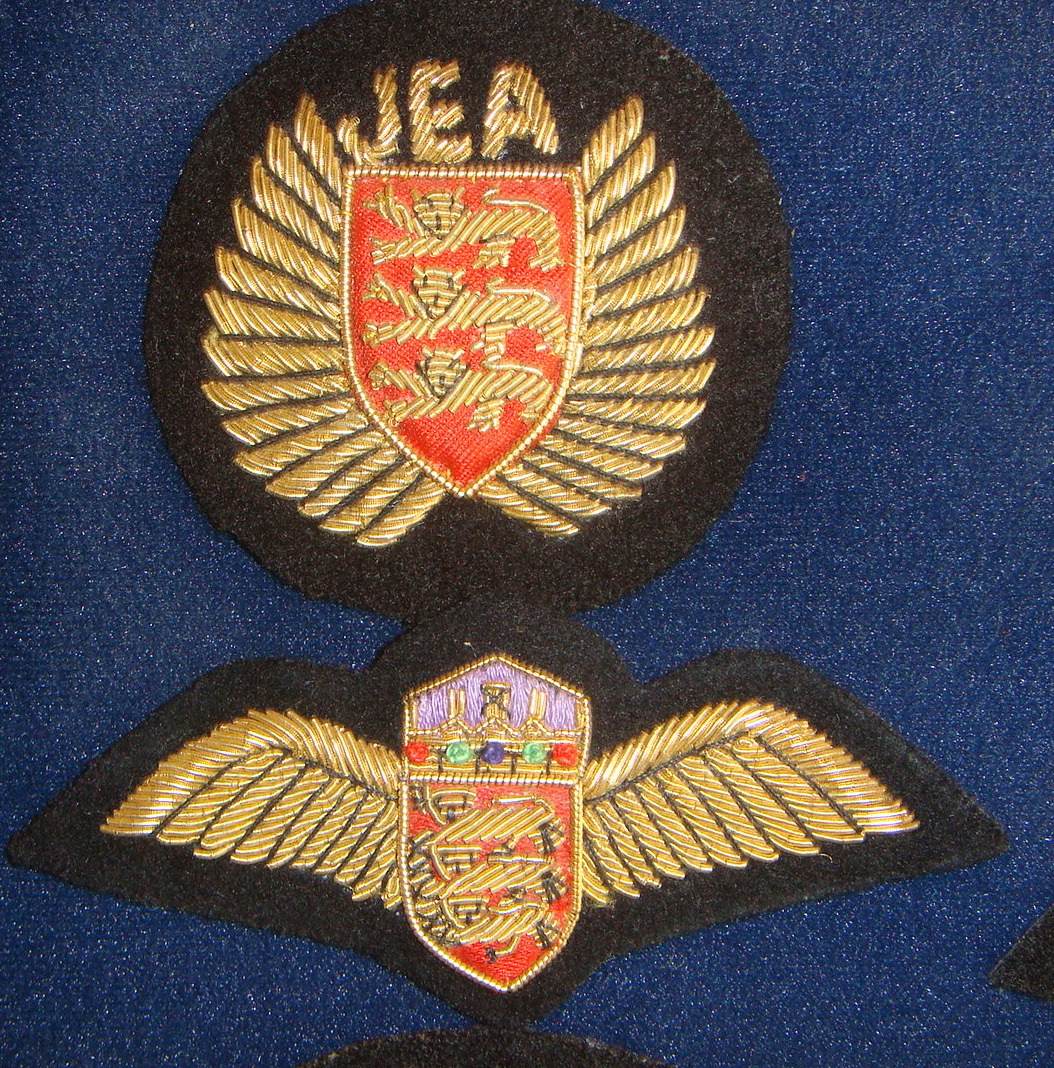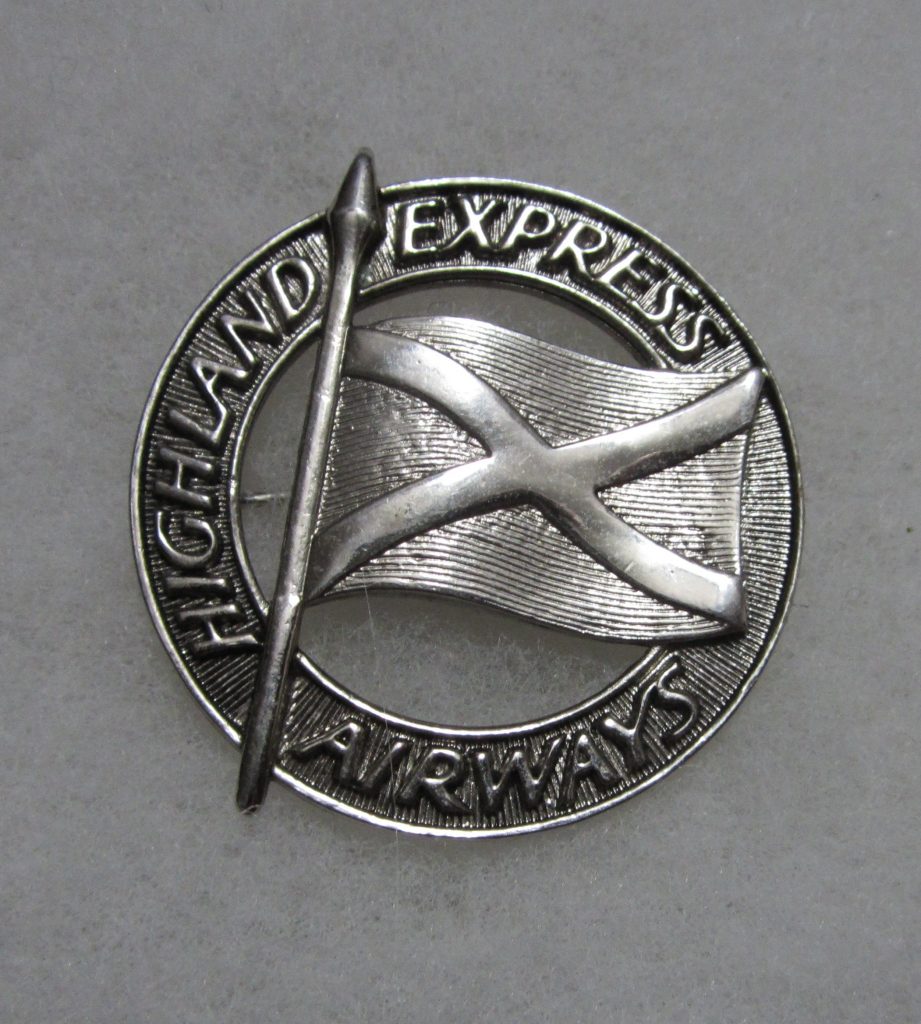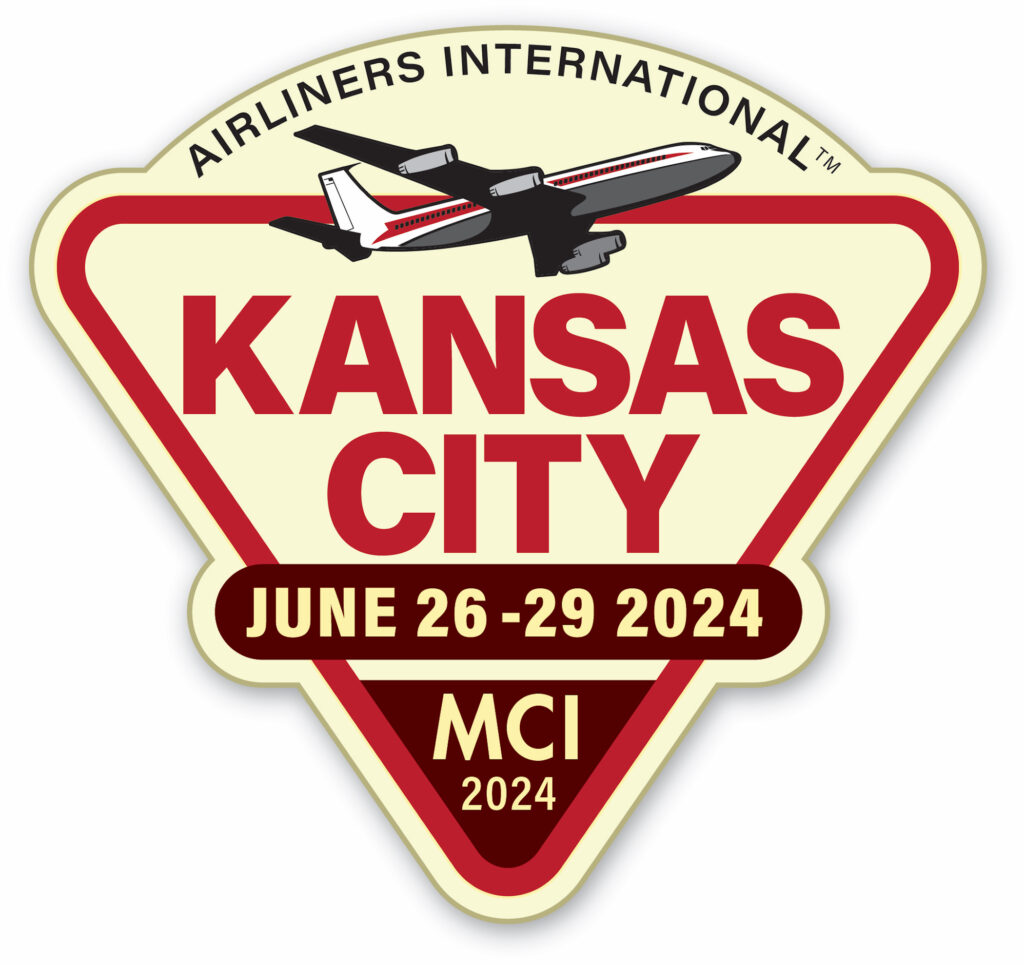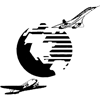F-27,Fokker,Friendship
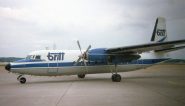
The Fokker F.27 Friendship
By Robert G. Waldvogel
Fokker designed the F.27 Friendship as a high-performance and capacity, next-generation Douglas DC-3 replacement.
Having undertaken a refurbishment of that very aircraft after World War II, it converted military C-47s into civil sector-applicable airliners, whose experience enabled it to combine the high wing of its own F.VIIb/3m Tri-motor with the all-metal construction of its Ford counterpart.
The resulting F.27-200, the culmination of design features that the majority of surveyed carriers believed necessary in such an aircraft, offered a circular-section fuselage with a forward baggage and cargo compartment, oval passenger windows, and an aft, left boarding door, giving it a 77-foot, 3.5-inch overall length. The pressurized cabin had a 40-passenger capacity in a four-abreast arrangement.
The high, straight wing, with a 95.2-foot span and a 753.5-square-foot area, initially featured double-slotted trailing edge Fowler flaps, but later reverted to single ones, to provide short-field capability, enabling it to serve the small, ill-equipped airports that would, to a significant extent, comprise its operational realm.
Power, generated by two 2,020-hp Rolls Royce RDa.7Dart 528 engines, endowed it with a 45,000-pound gross weight, a 300-mph speed, and a maximum, 10,300-pound payload range of 1,285 miles.
Two static and two flight test airframes were constructed after receipt of Dutch government backing. The first prototype, powered by lower-rated, 1,540-hp RDa.6 Dart 507s and the originally intended double-slotted high-lift devices, took to the sky on November 24, 1955. It was not initially pressurized.
The three-foot longer second aircraft, accommodating 36, offered 1,720-hp RDa.6 Dart 511s.
The initial F.27-100 production version, first flying on March 23, 1958, was inaugurated into service by Aer Lingus nine months later, on December 15.
Integral to the program’s success was the April 1956 license-manufacture agreement with the Fairchild Engine and Airplane Company in the US, which later became Fairchild-Hiller. Because most of the US local service carriers operated antiquated DC-3s, the agreement was seen as an opportunity to replace a significant number of aircraft.
The resulting Fairchild F-27, which first flew from Hagerstown, Maryland, on April 12, 1958, incorporated a lengthened nose for weather radar installation, an increased fuel capacity, and seating for 40, all of which were subsequently applied to its Fokker counterpart.
After it was granted its FAA type certificate on July 16, it was placed into service by West Coast Airlines two months later, on September 27 actually beating the Fokker F.27-100 into service!
Aside from the subsequent, already described, hot-and-high F.27-200, there were several other variants, including the F.27-300 with a port-side cargo door and a strengthened cabin floor; the F-27B, the Fairchild equivalent of it; the F.27-400, a combi version; and the F.27-500, the first to feature a fuselage stretch.
The latter, sparked by Air France’s Postale de Nuit night airmail service and thus equipped with an in-cabin sorting system, retained the F.27-300’s cargo door, but introduced a 4.11-foot longer fuselage for 48 passengers and 2,230-hp RDa.7 Dart 532s. It first flew on November 15, 1967.
Fairchild-Hiller’s own version, The FH-227, with an even greater, six-foot fuselage stretch, was powered by Dart 532-7s and increased the F.27-500’s maximum passenger capacity from 56 to 60. It had a 43,500-pound gross weight. Later versions of the FH-227 had an increase in gross weight to 45,500 pounds.
Despite the difficulty foreign aircraft manufacturers usually had in making inroads into the US market, Fokker, because of its optimum payload and performance turboprop design, and its Fairchild agreement, was very successful.
US local service F.27 operators included West Coast, Piedmont, Bonanza, Pacific, and Ozark. Trans-Pacific Airlines, which was later renamed Aloha and competed with Hawaiian Airlines on virtually the same inter-island network, replaced its piston Convair 340s with Fairchild F-27 turboprops in the summer of 1959, increasing its traffic share from 30 to 43 percent in the process.
Fairchild Hiller’s Longer-fuselage FH-227 initial operators included Mohawk, Northeast, Ozark, Piedmont and Paraense-Brazil.
As the western world’s best-selling turboprop twin in its class, the aircraft achieved an impressive production run—586 Fokker F.27s, 128 Fairchild F-27s, and 78 Fairchild-Hiller FH-227s.
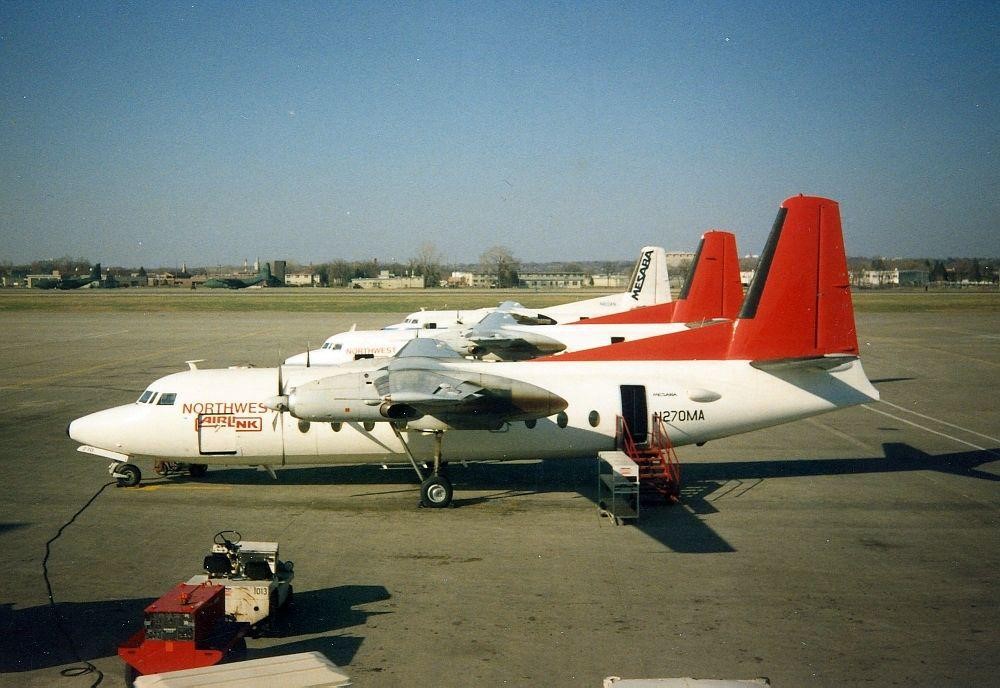
Seen in the colors of Mesaba/Northwest Airlink at Minneapolis/St. Paul, MN in April 1990.
Gary C. Orlando Photo.
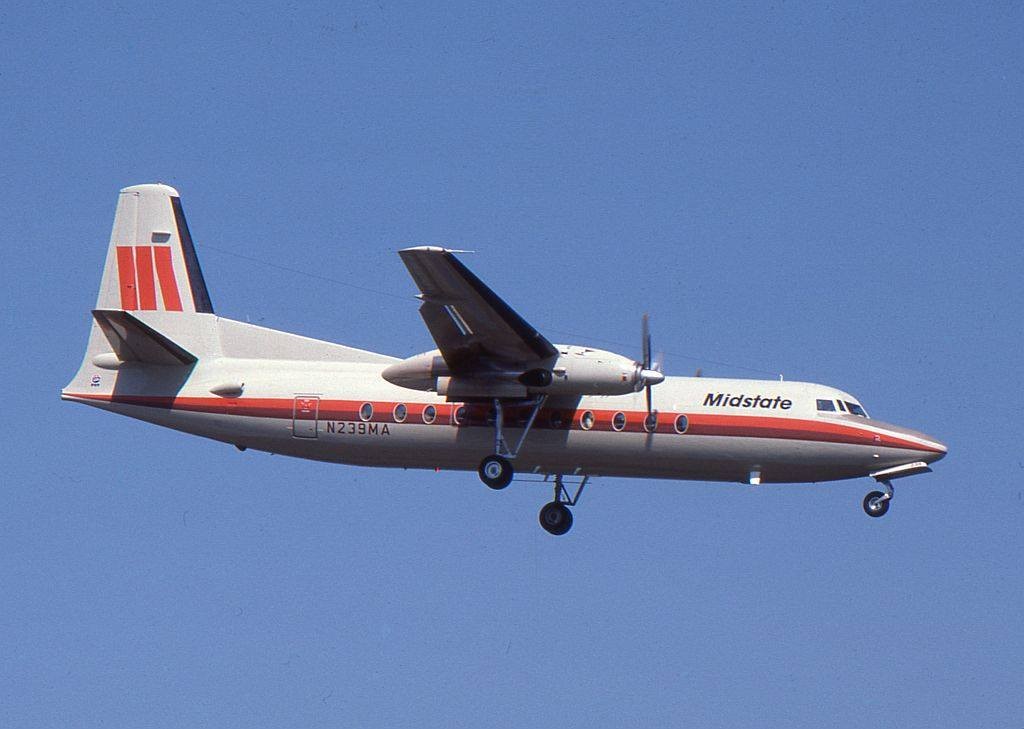
Seen here in the colors of Midstate Airlines.
Pictured landing at Chicago O’Hare Airport, IL August of 1984.
Ronald Kluk Photo.
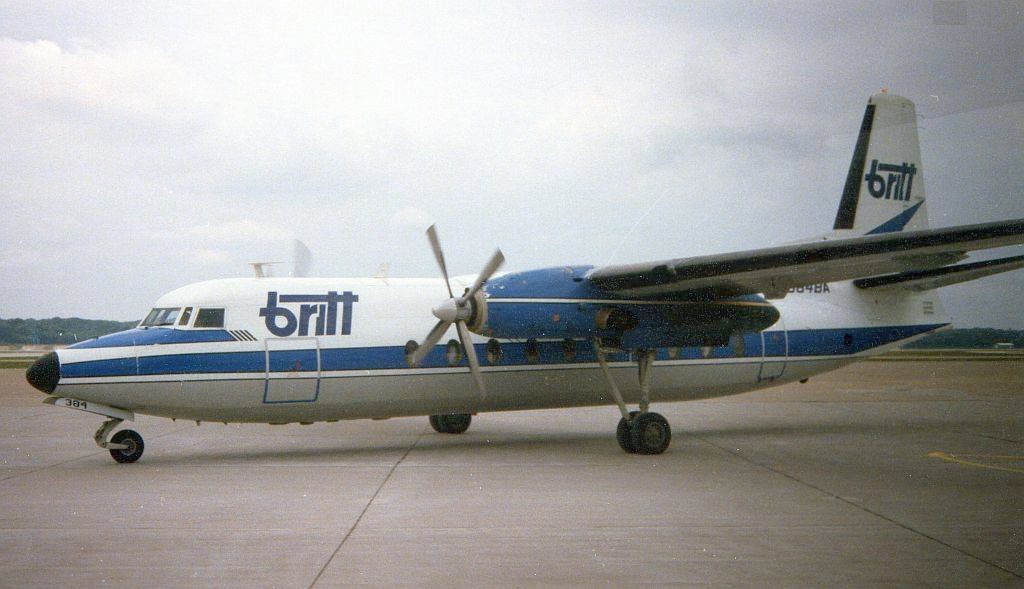
This particular aircraft was originally delivered to Scott Paper Company as a corporate version.
Seen here in Moline, IL flown by Britt Airways but wearing the Scott Paper colors.
Gary C. Orlando Photo.
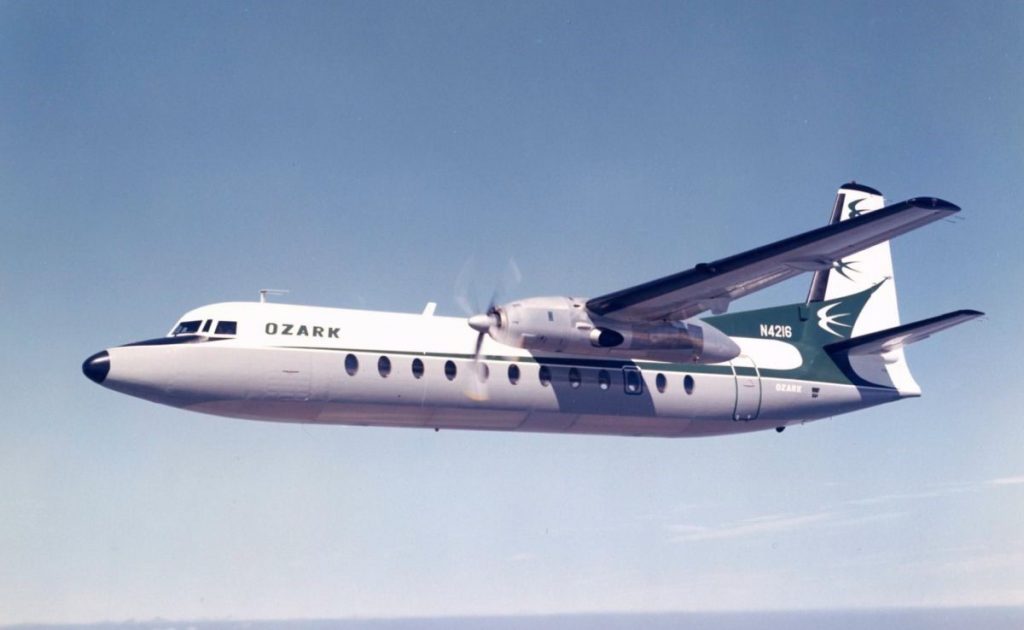
Ozark Air Lines FH-227, N4216.
Photo Courtesy Fairchild Hiller Gary C. Orlando Collection.
